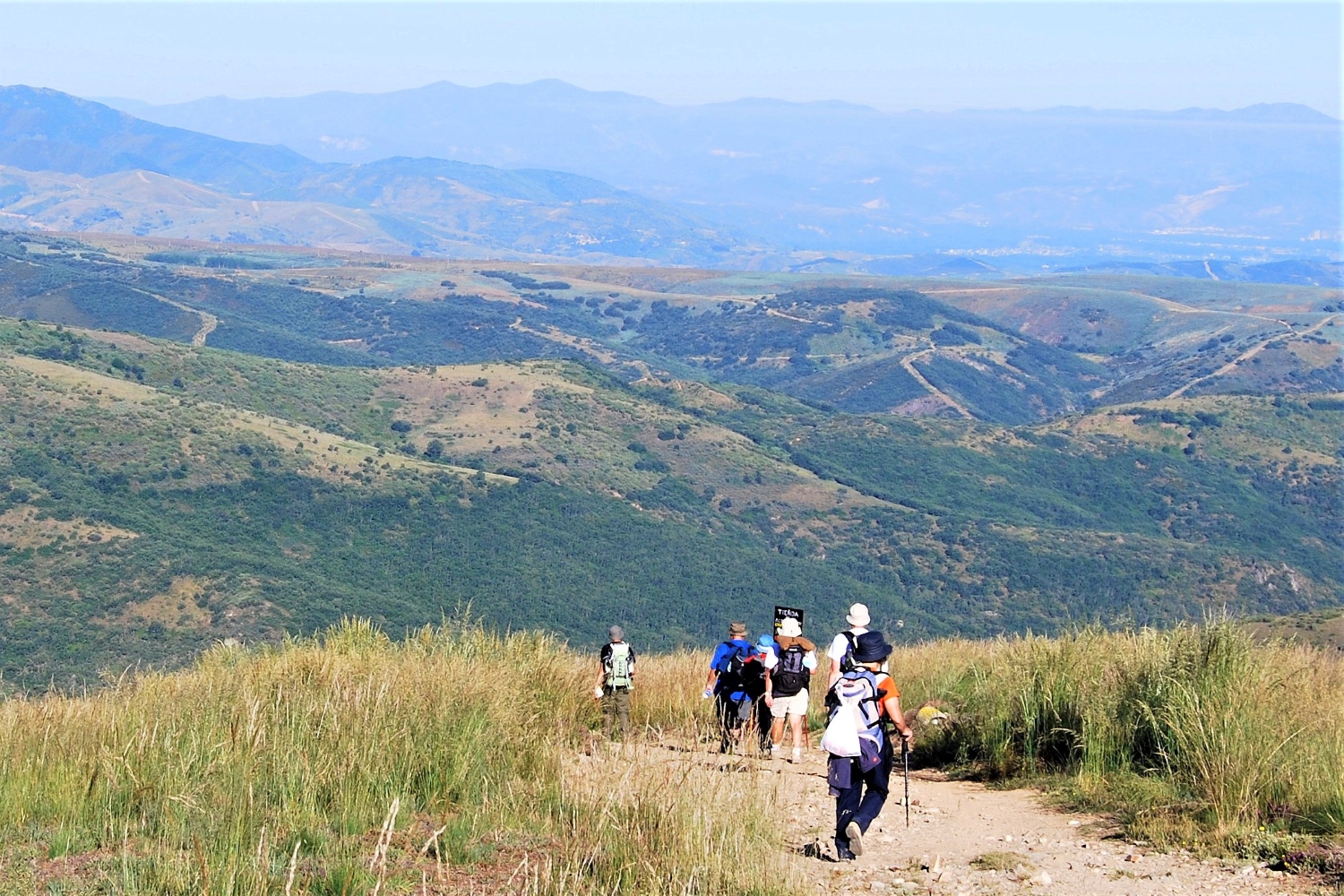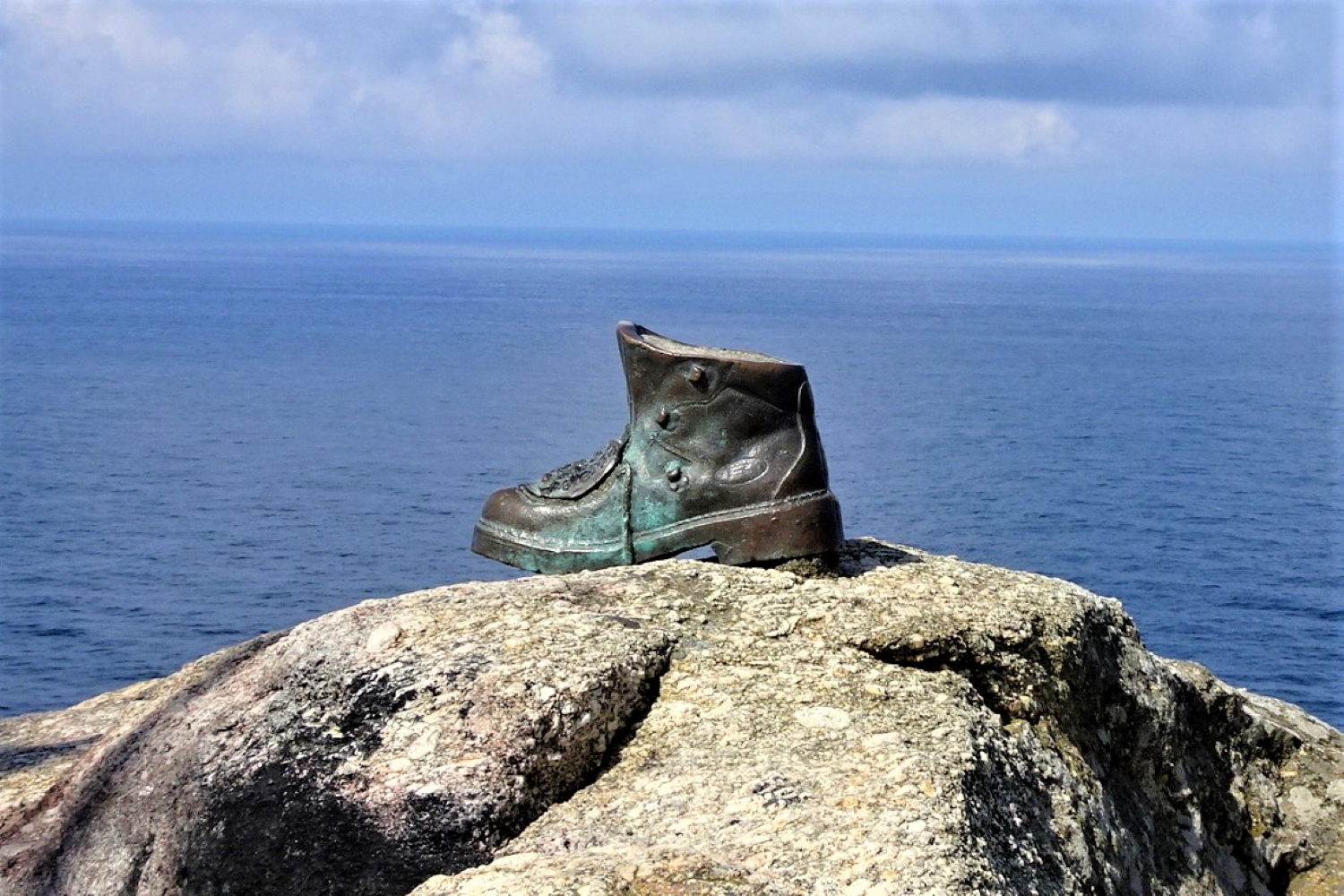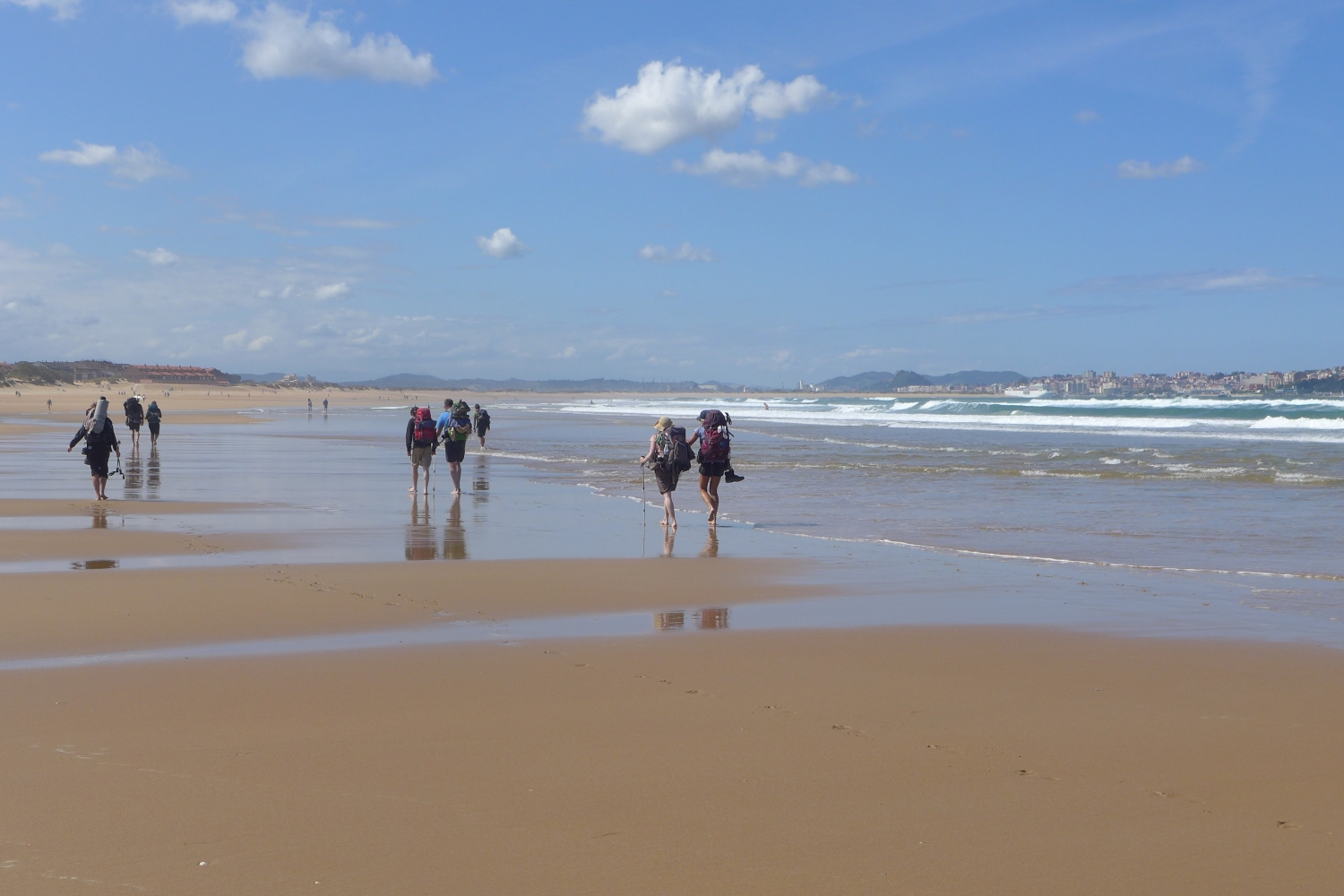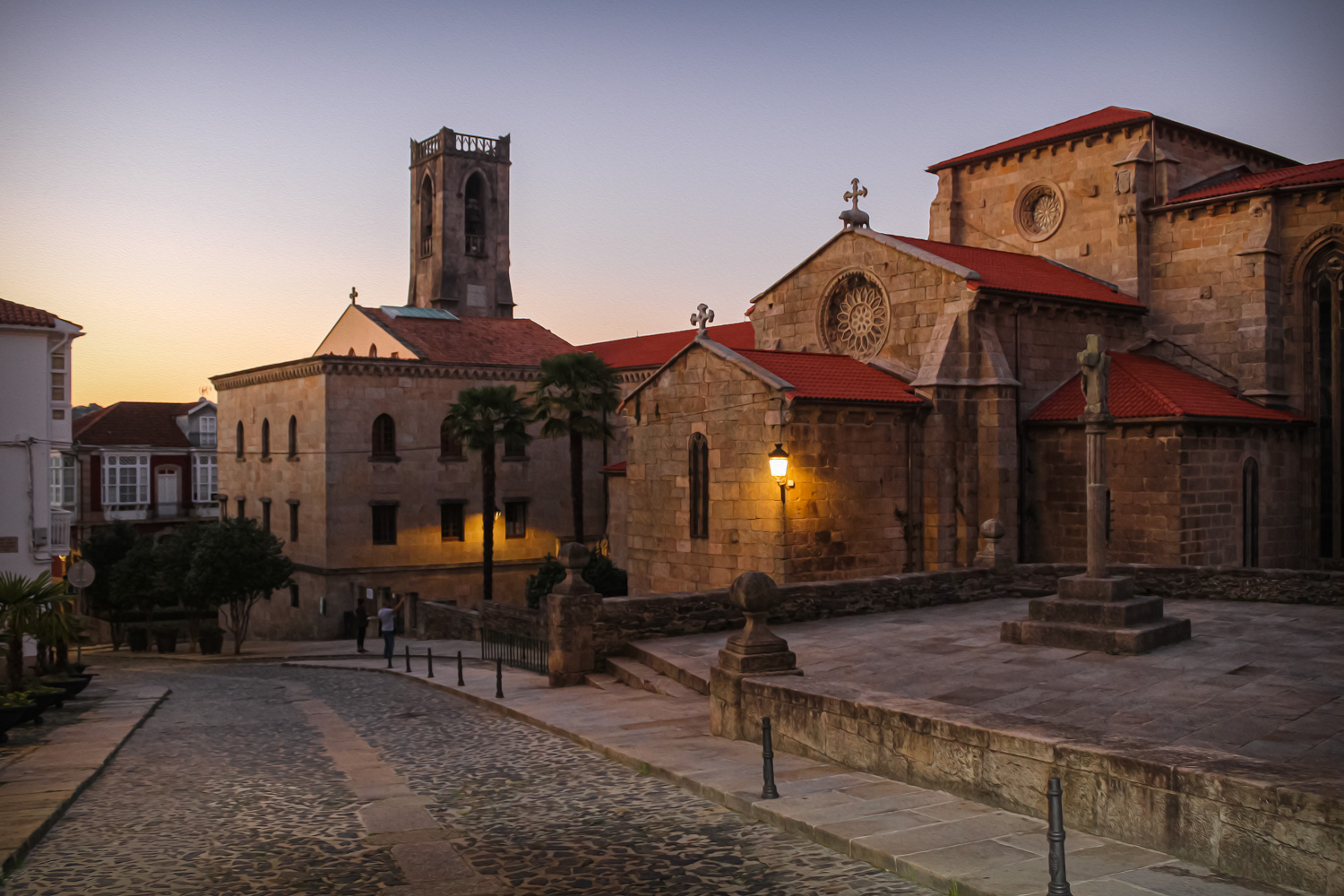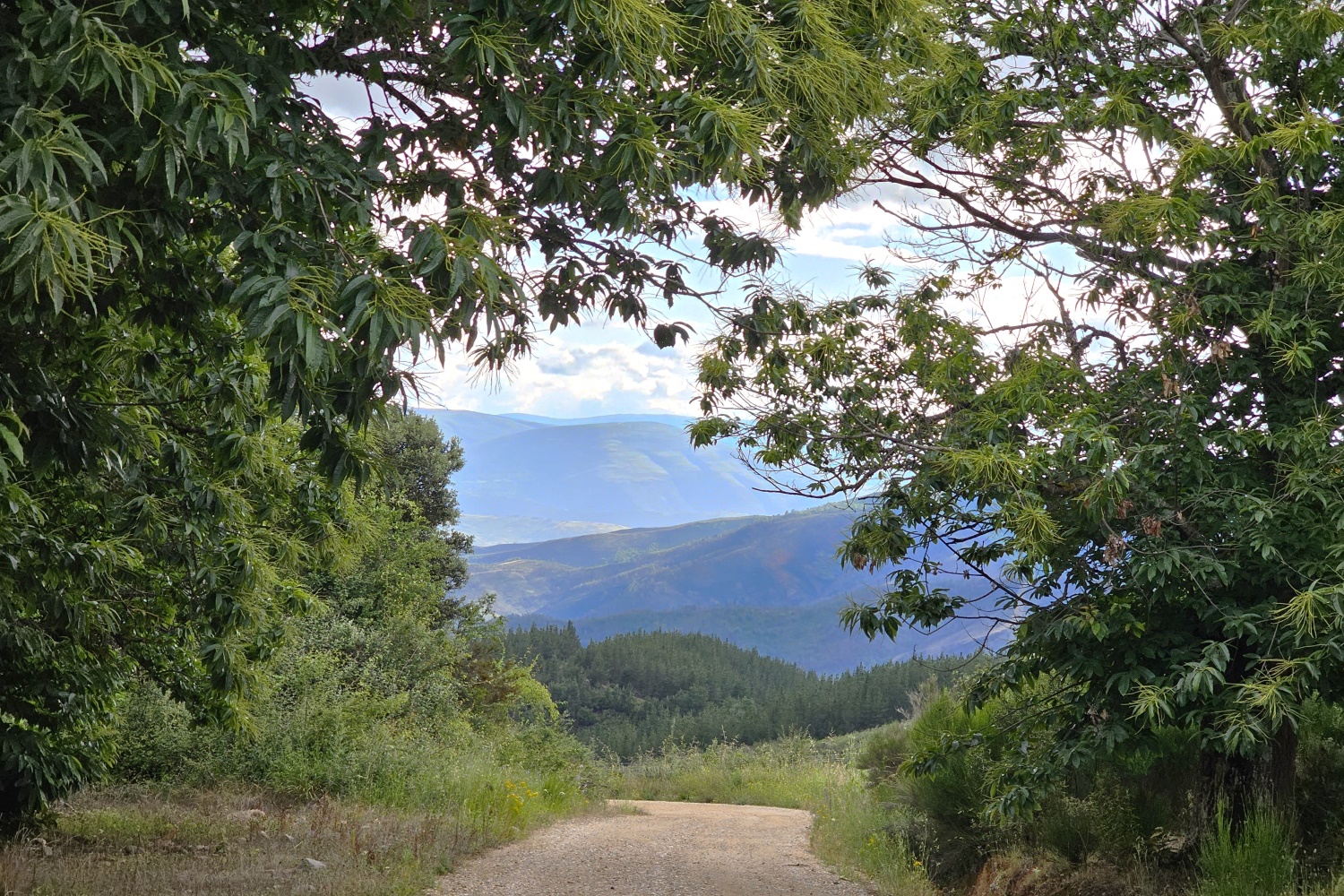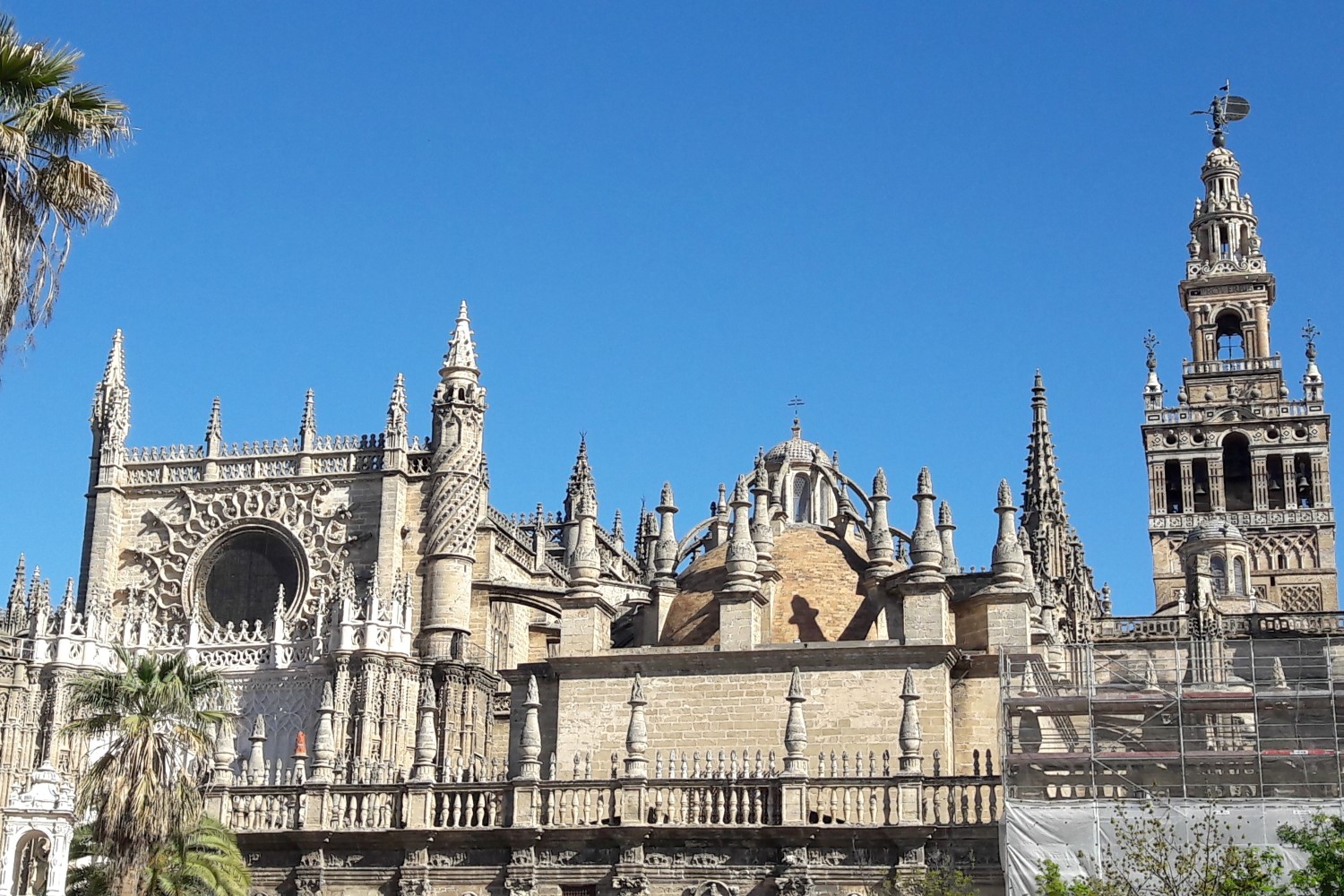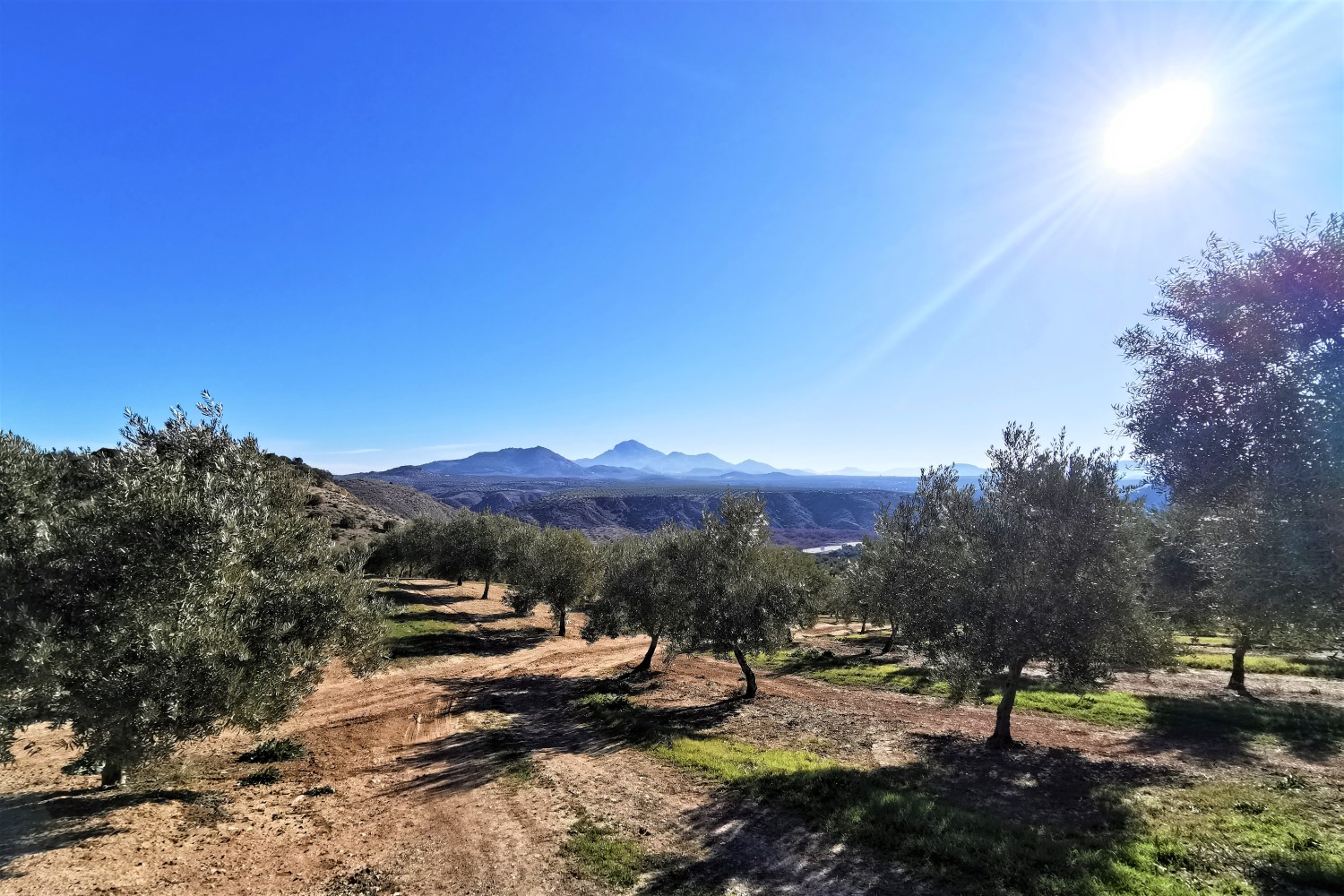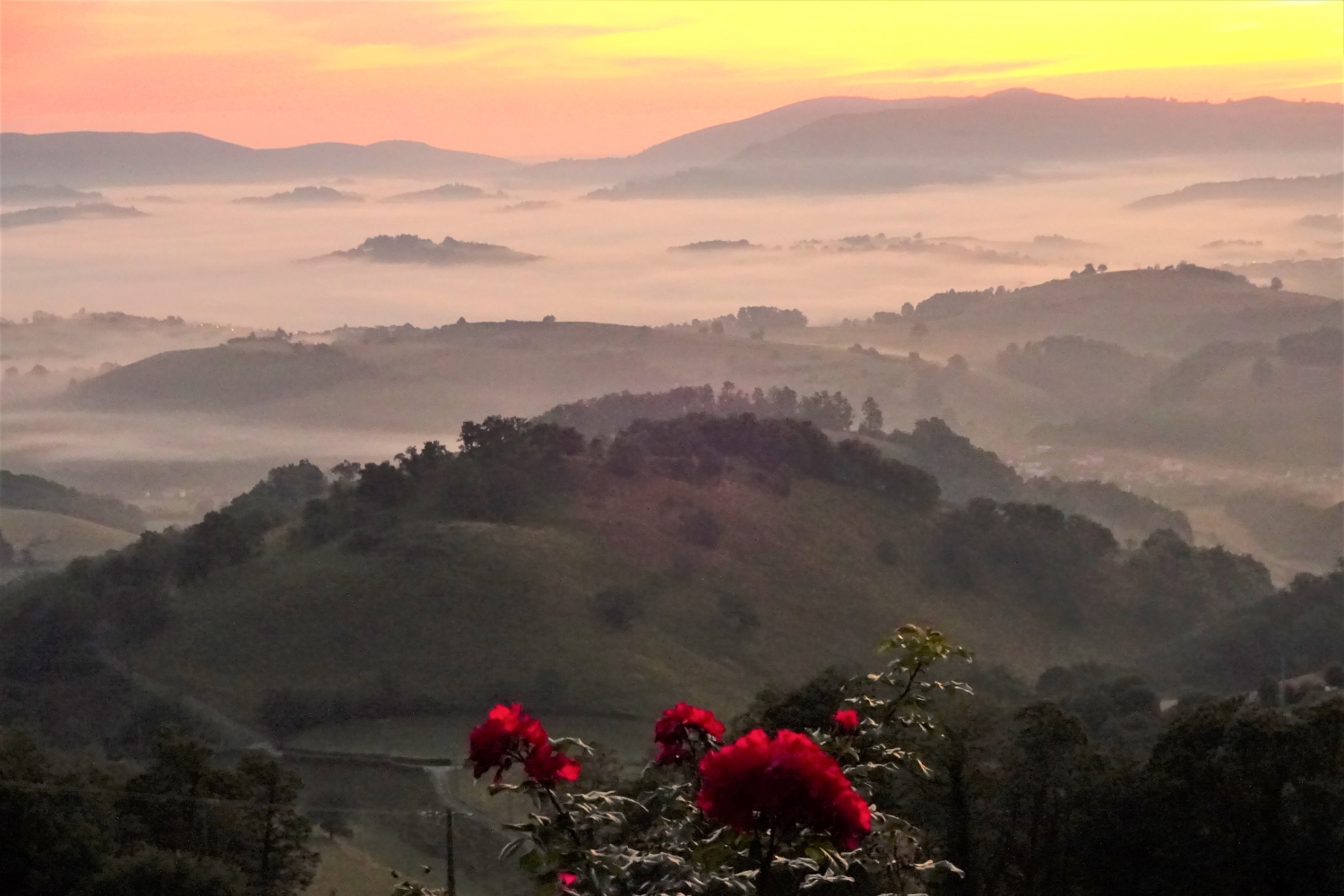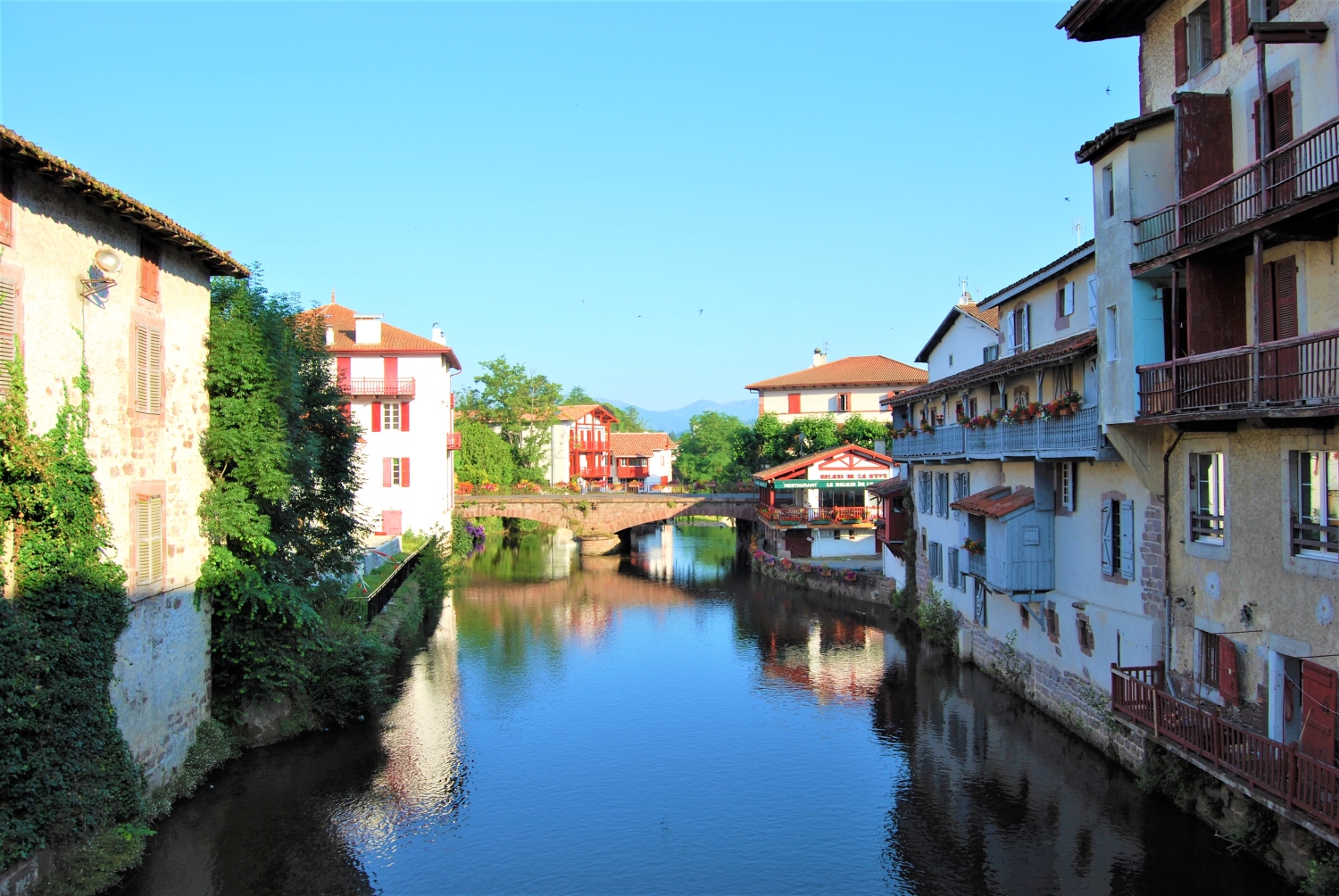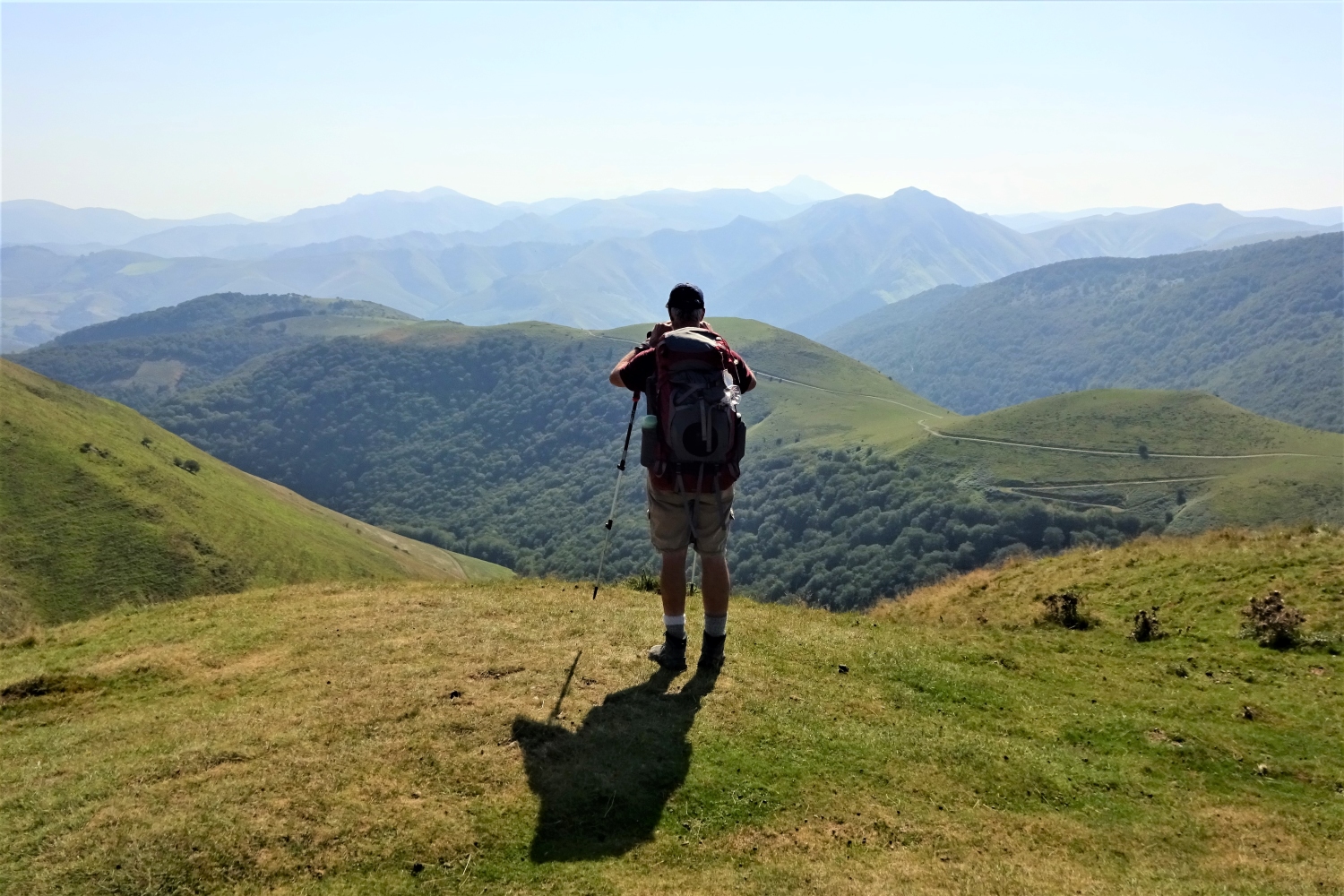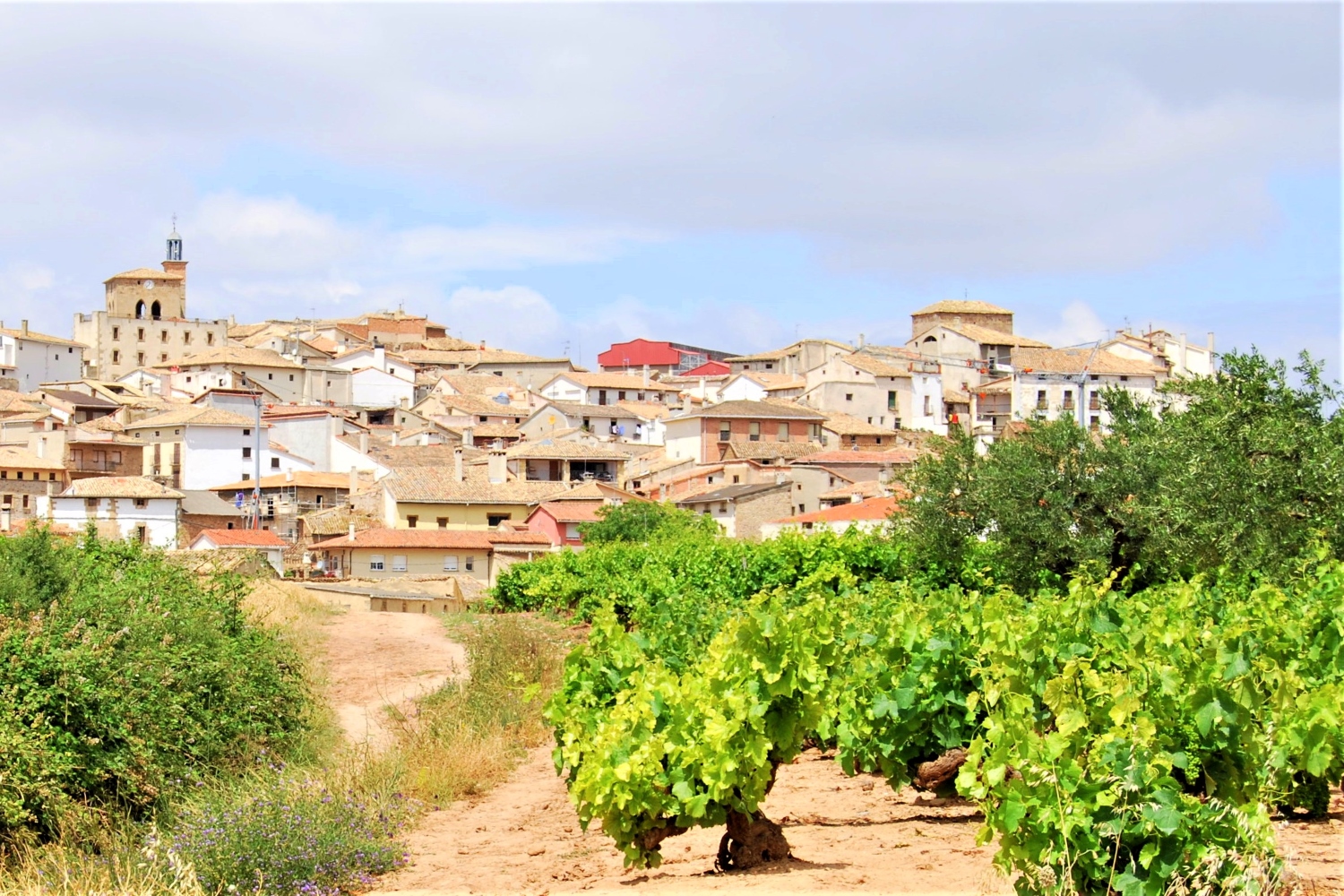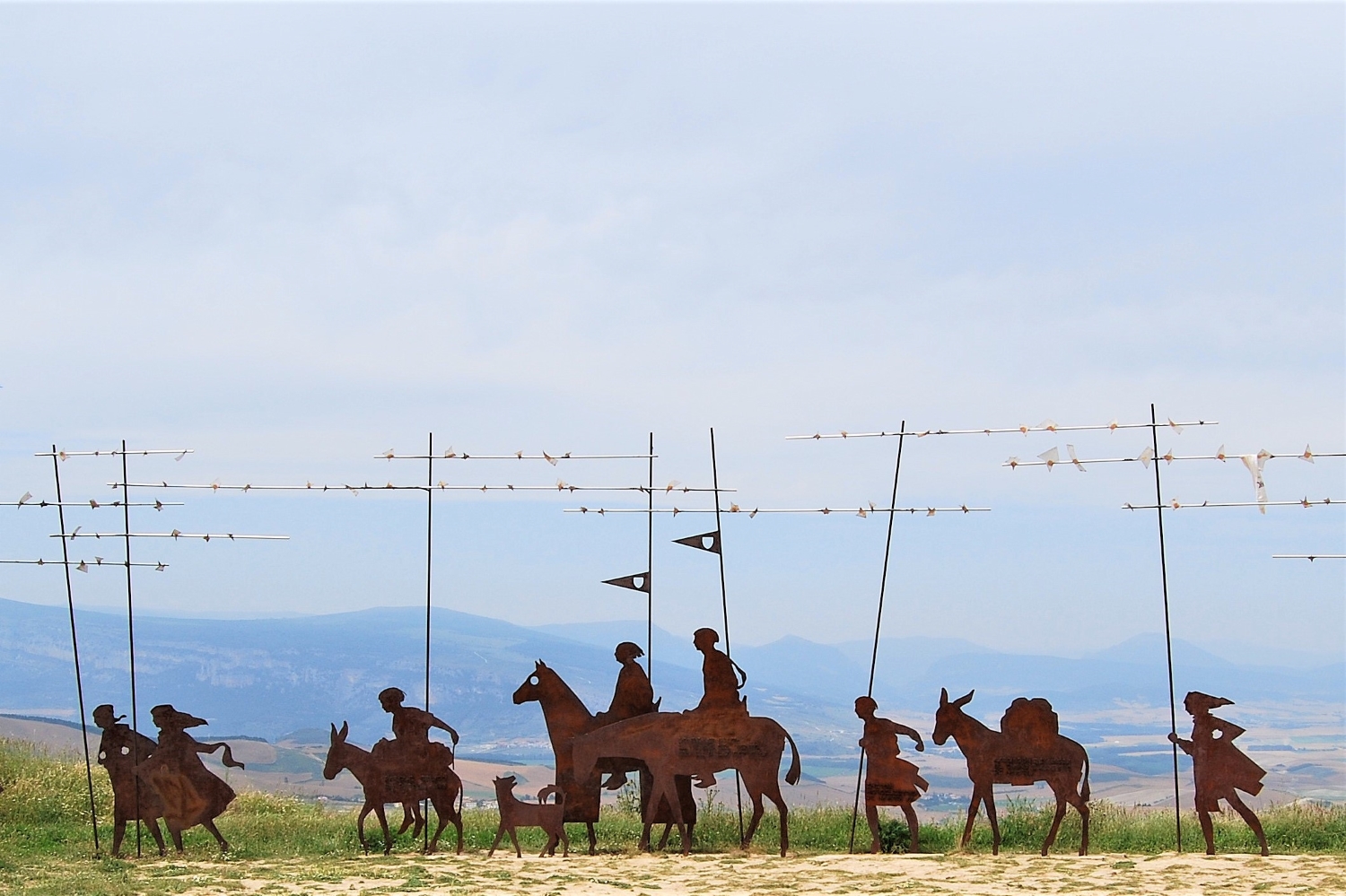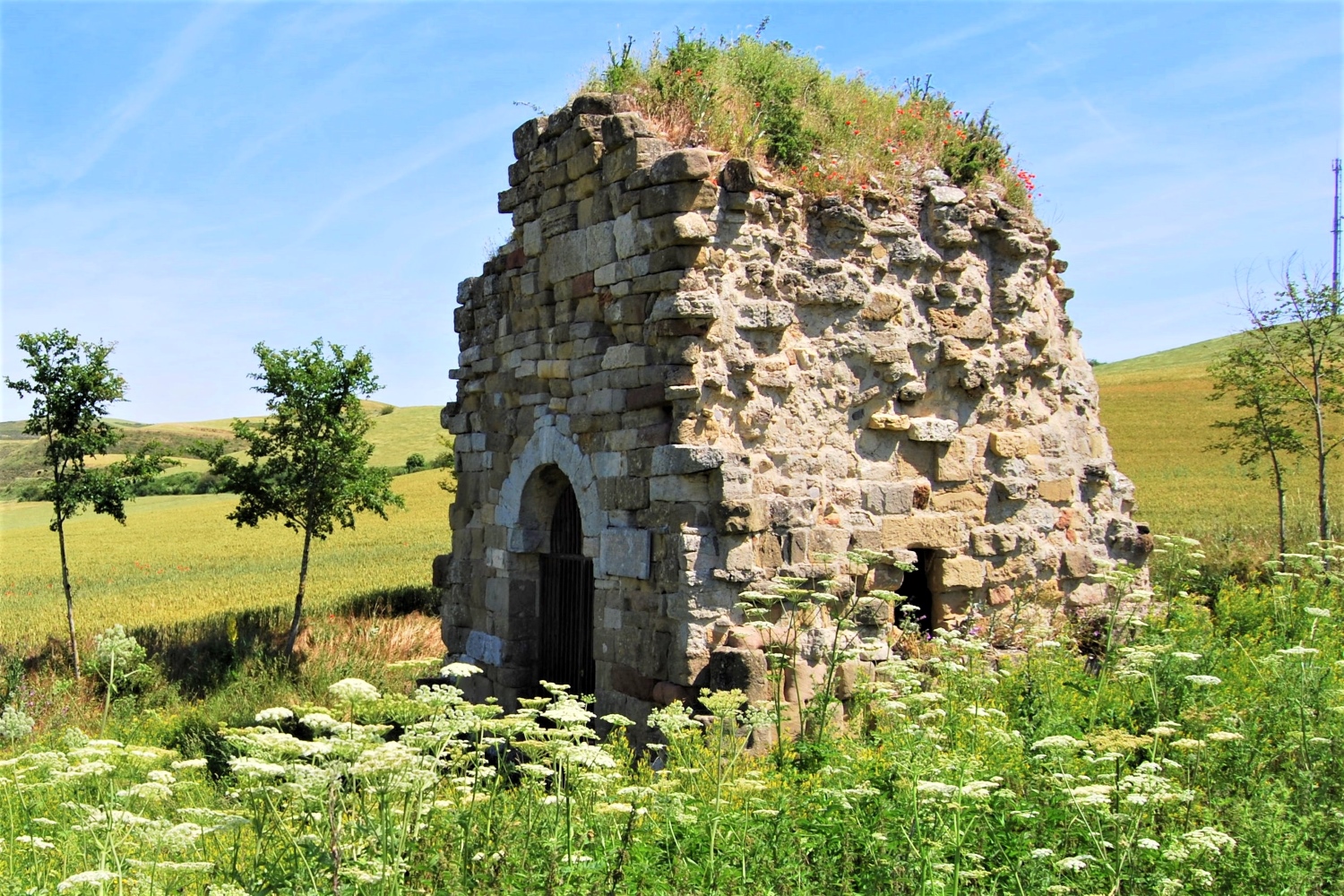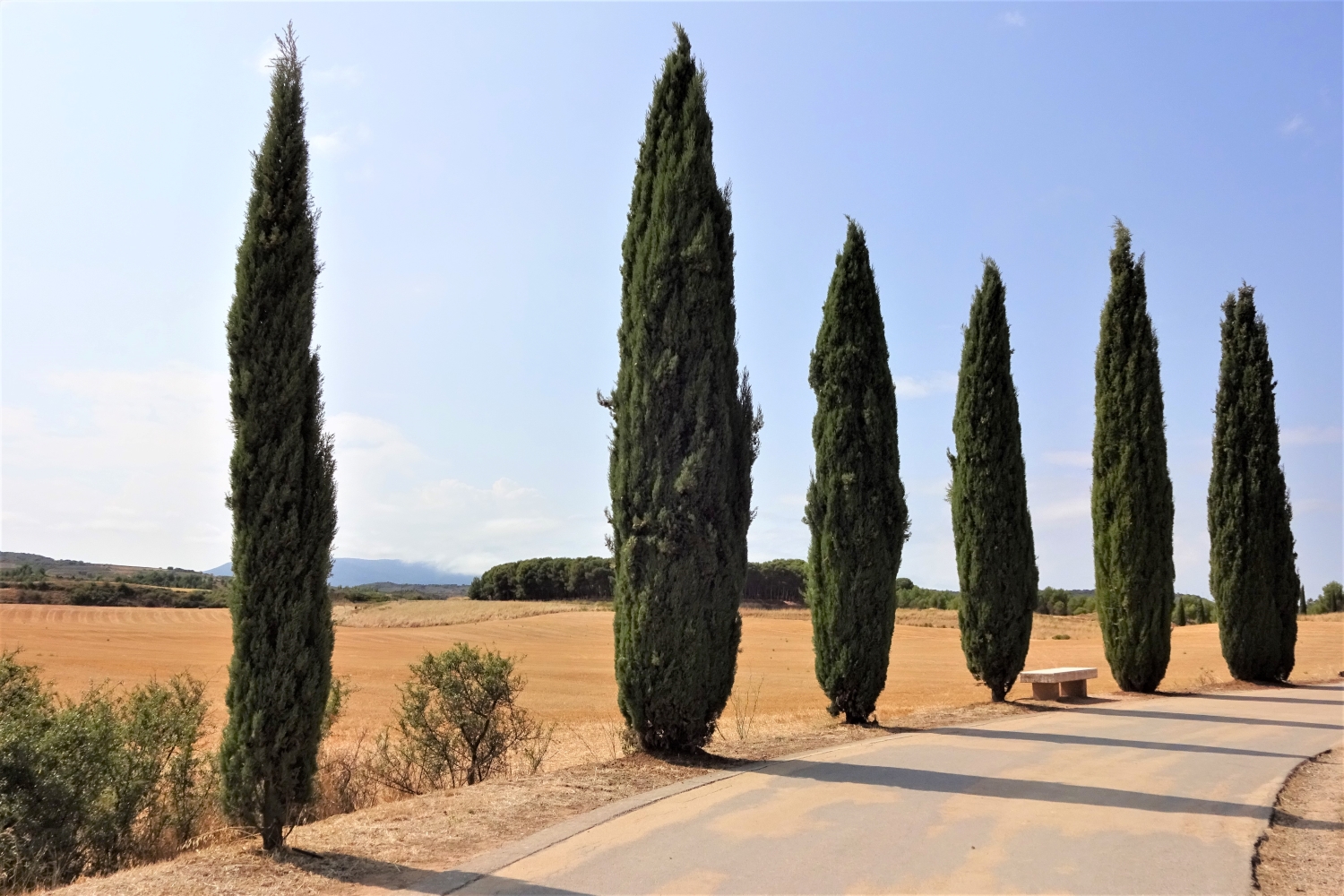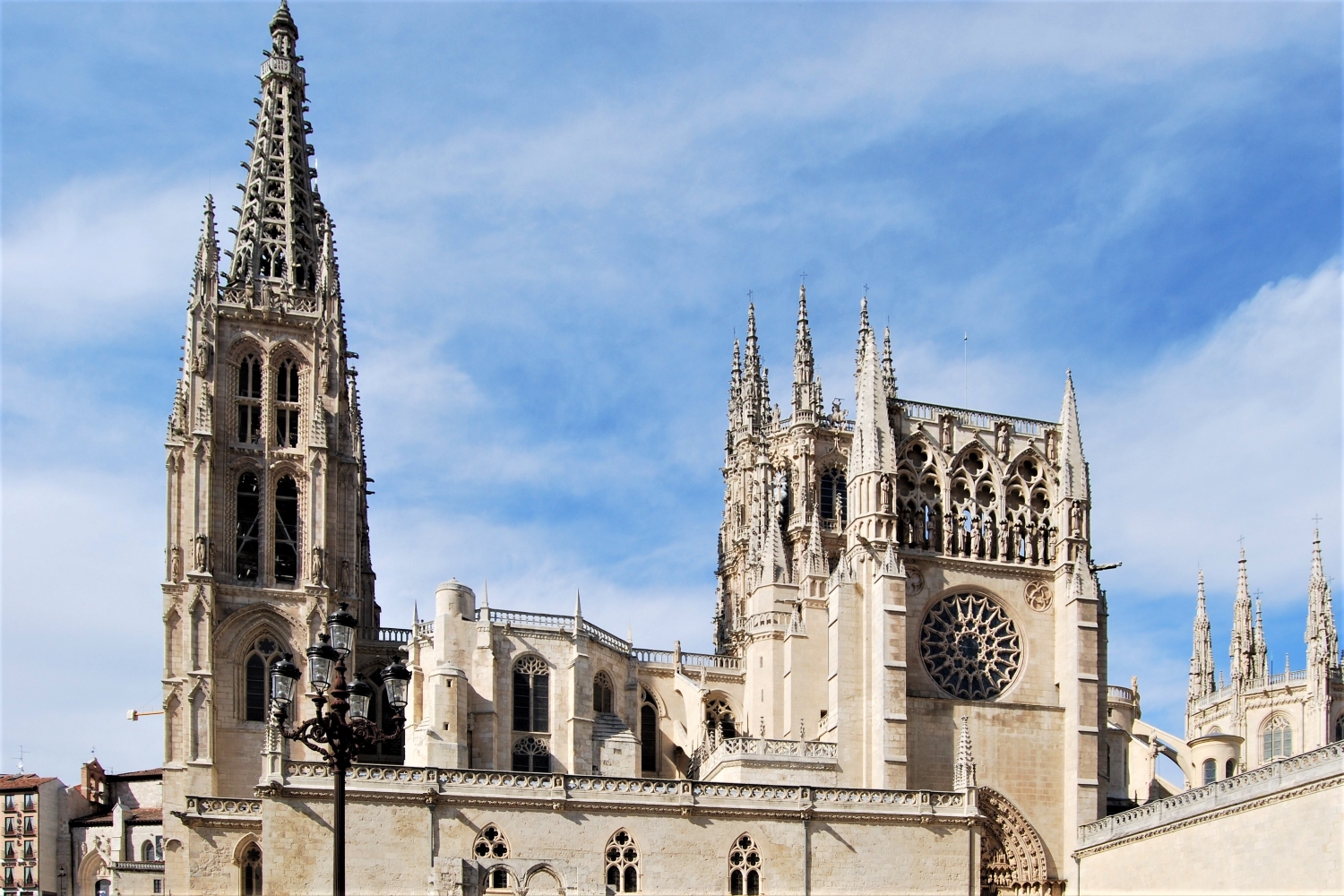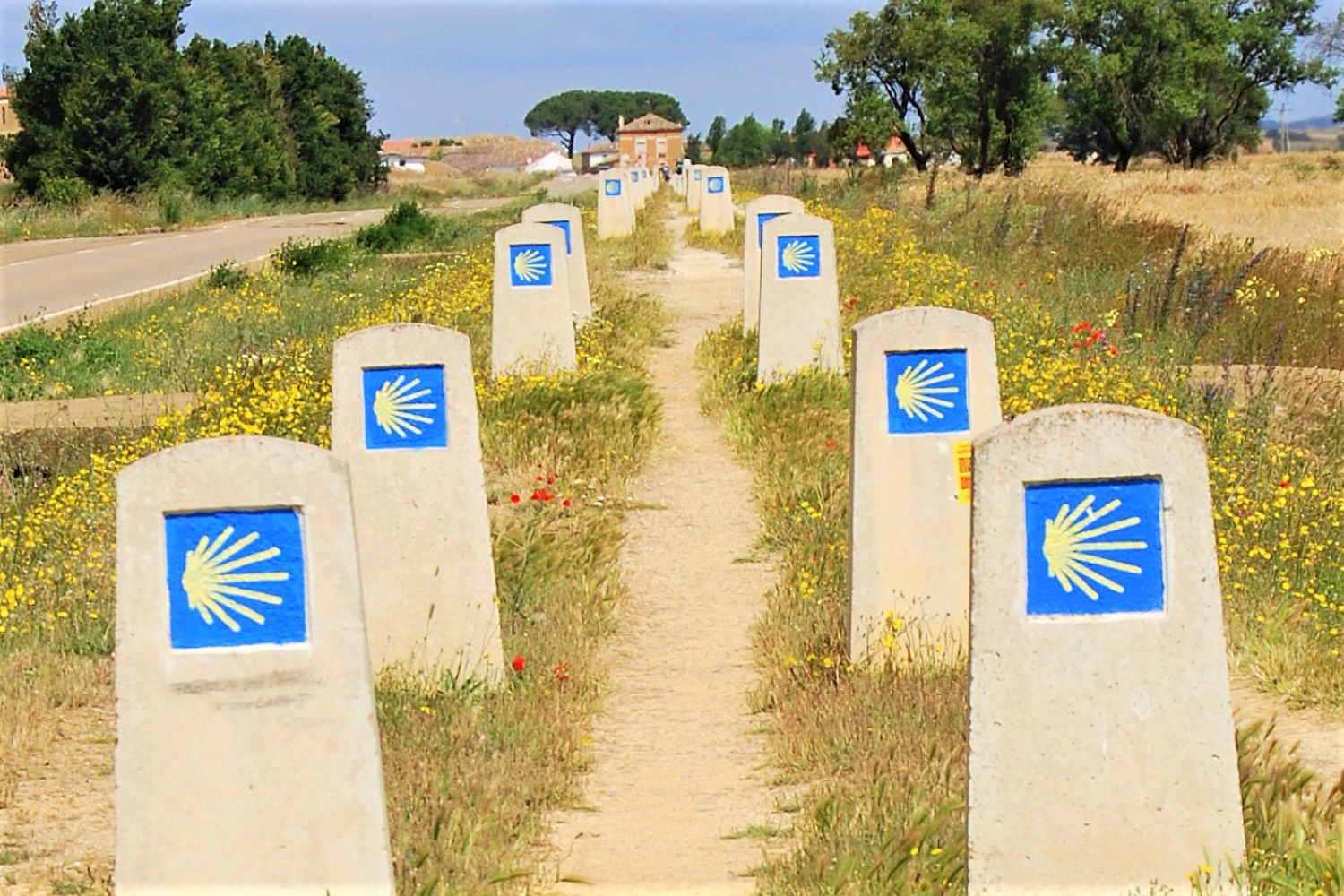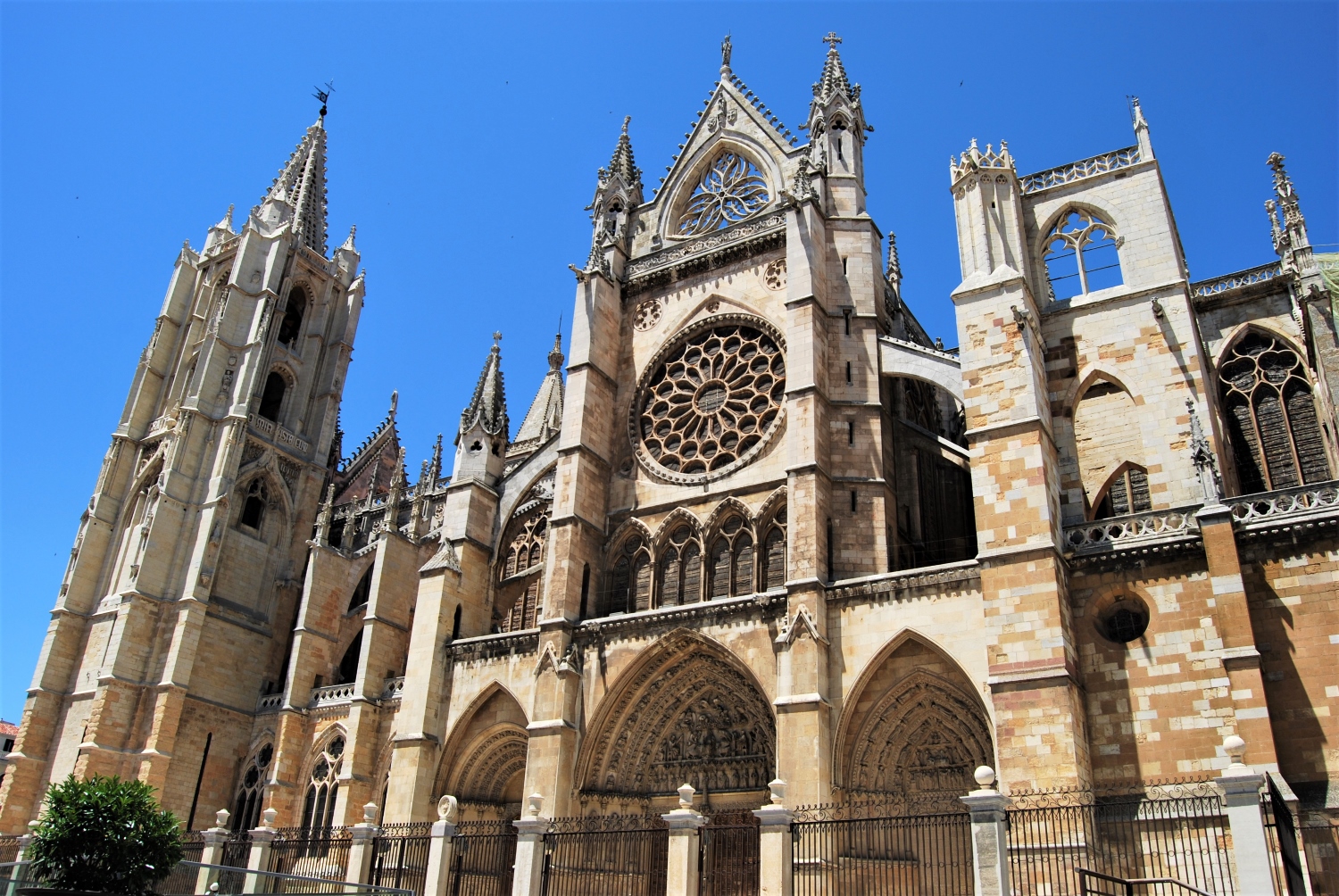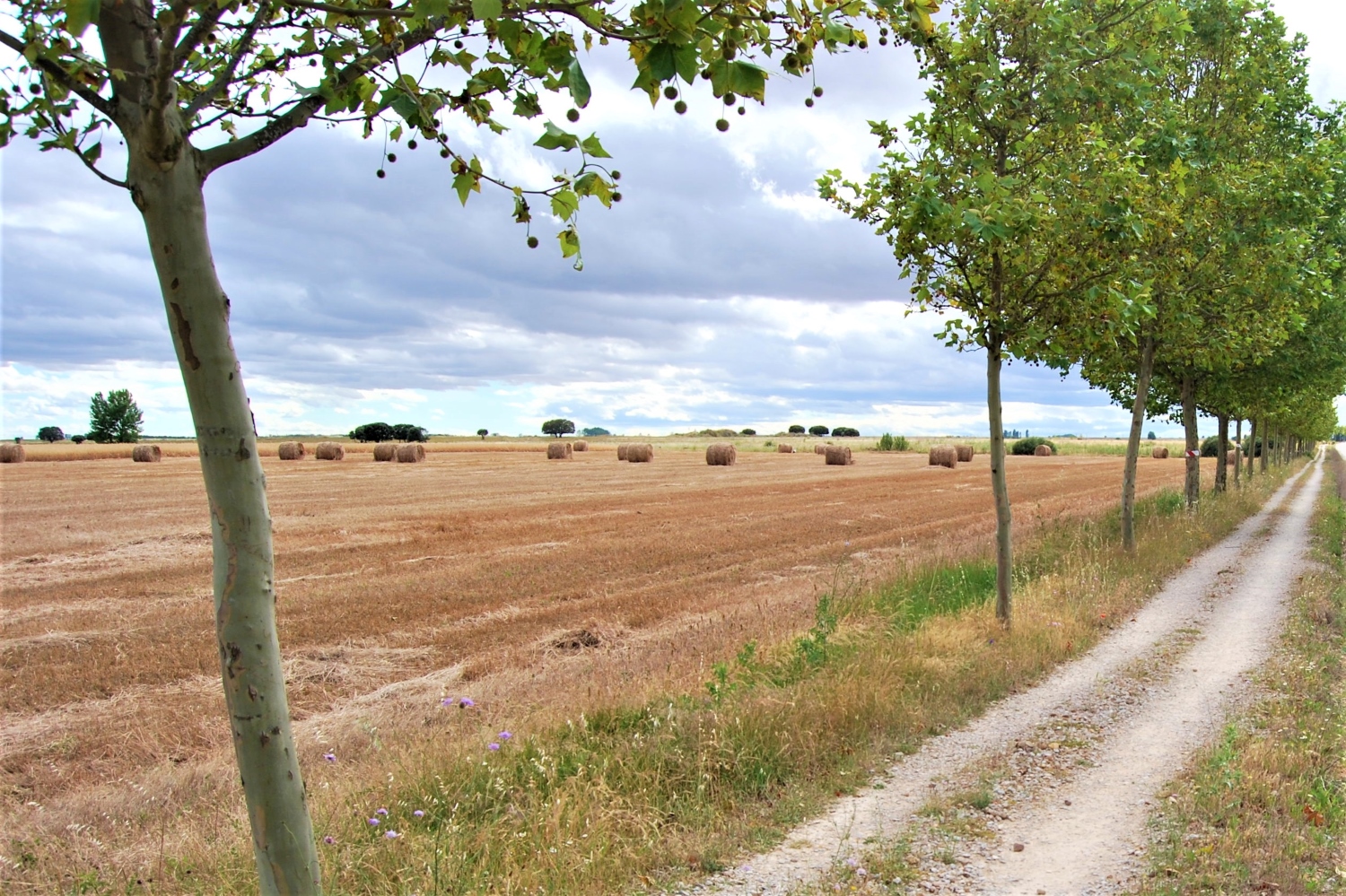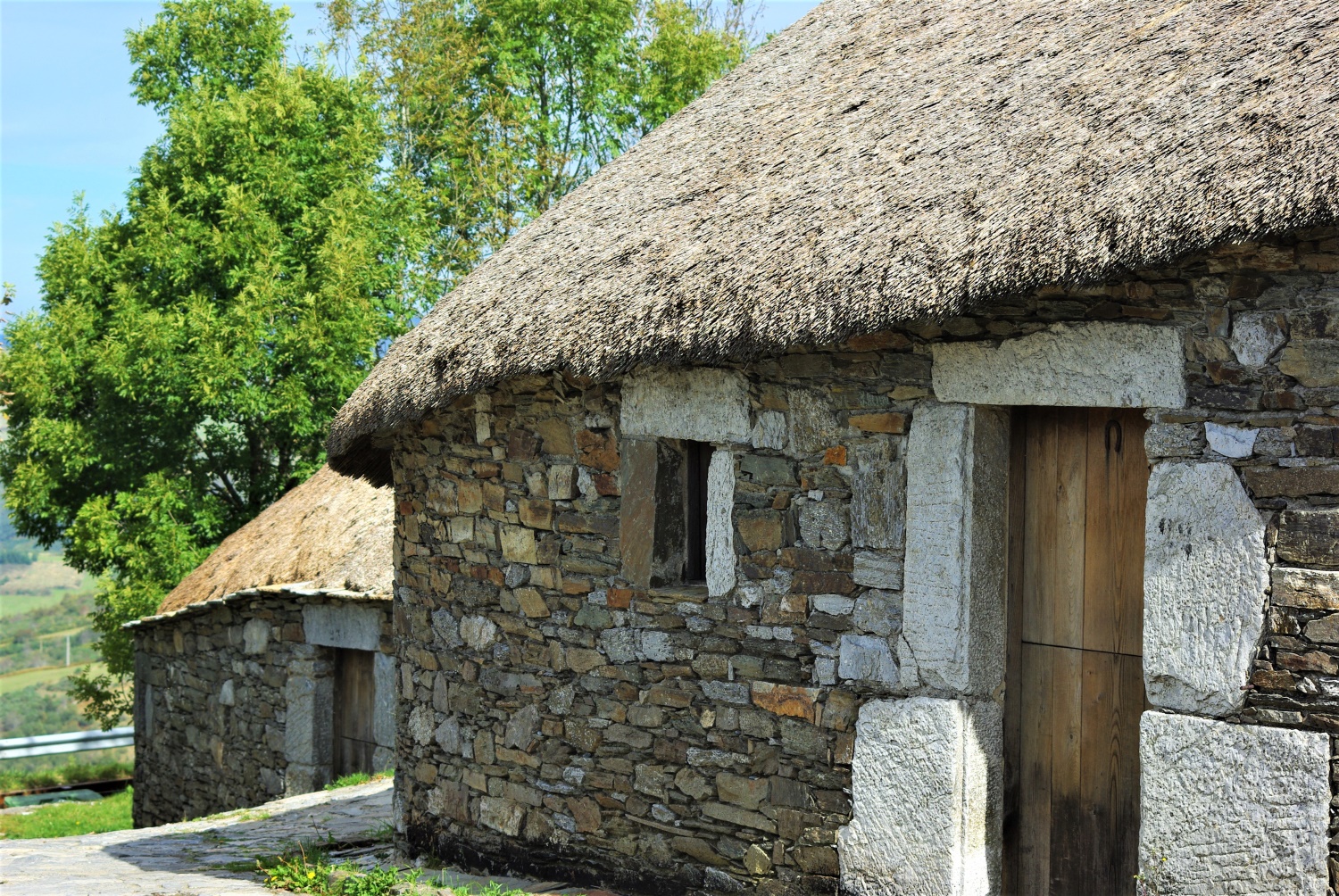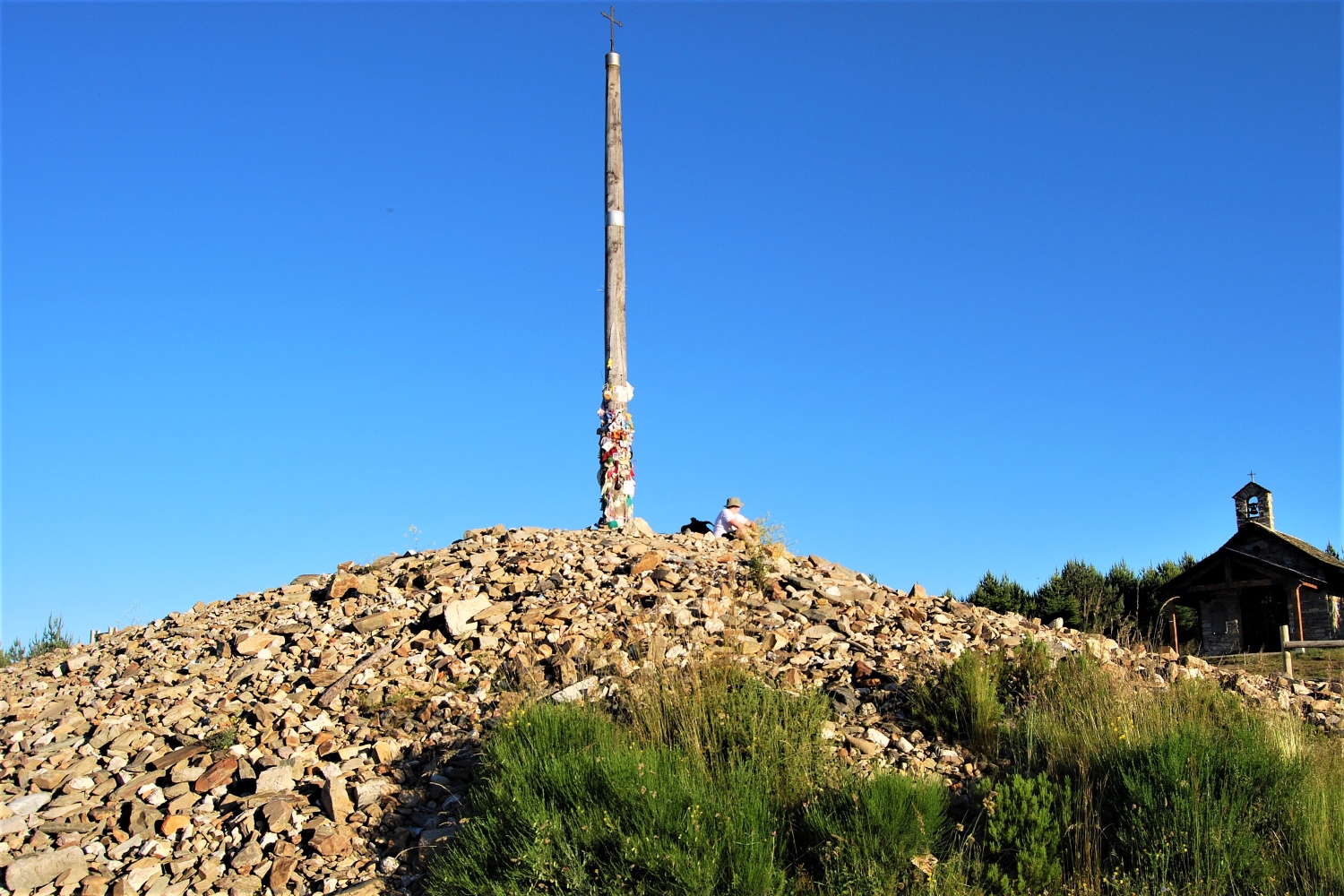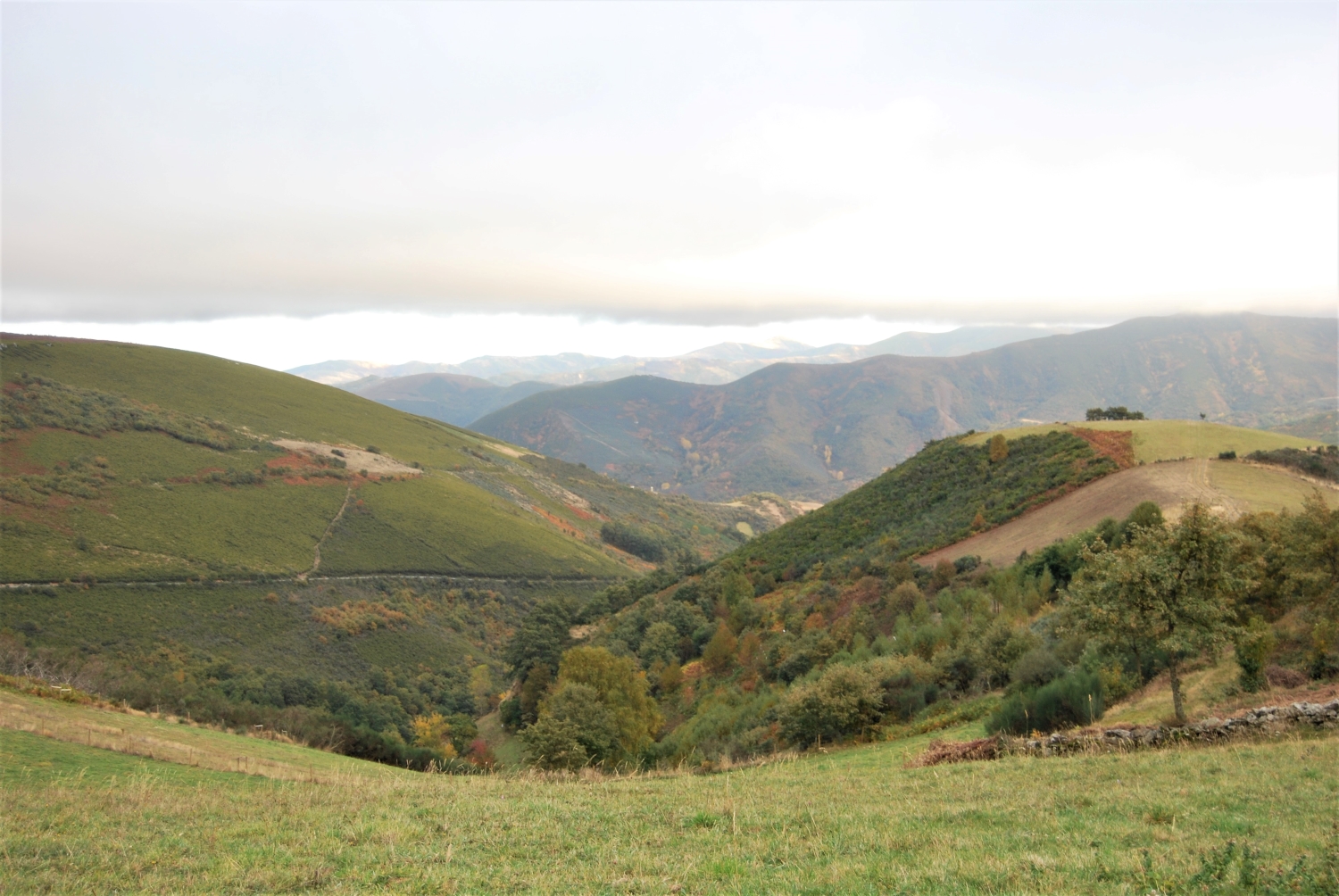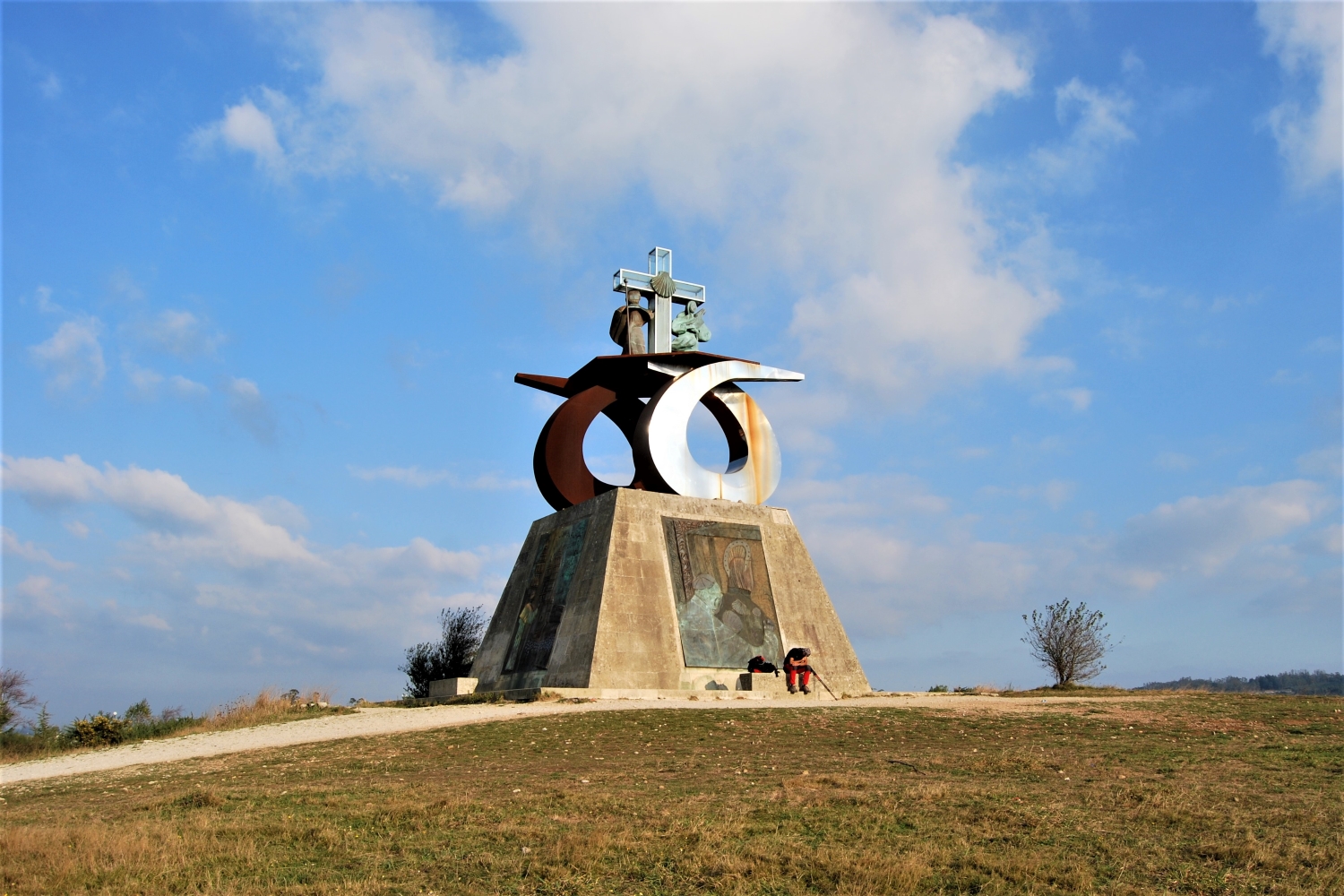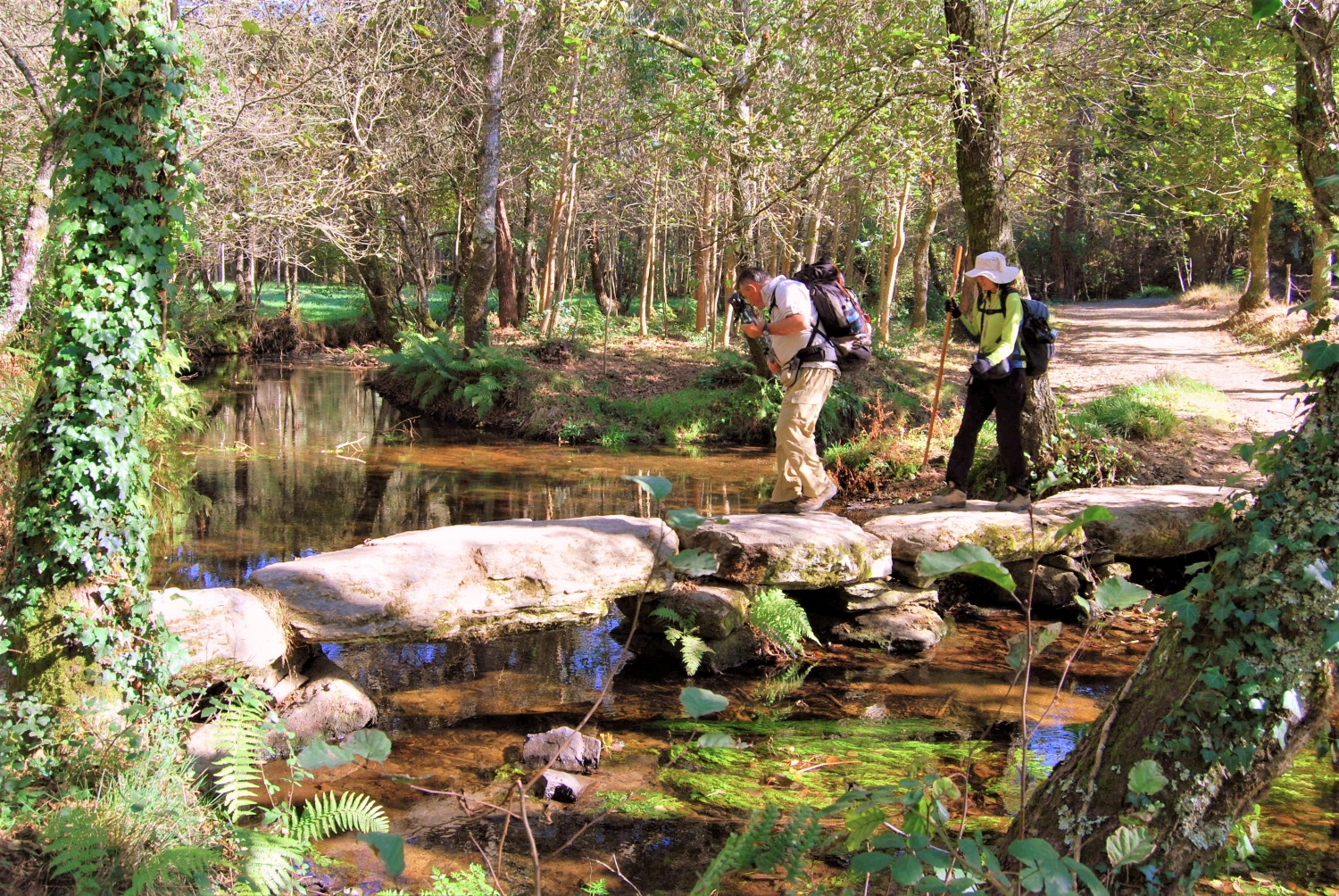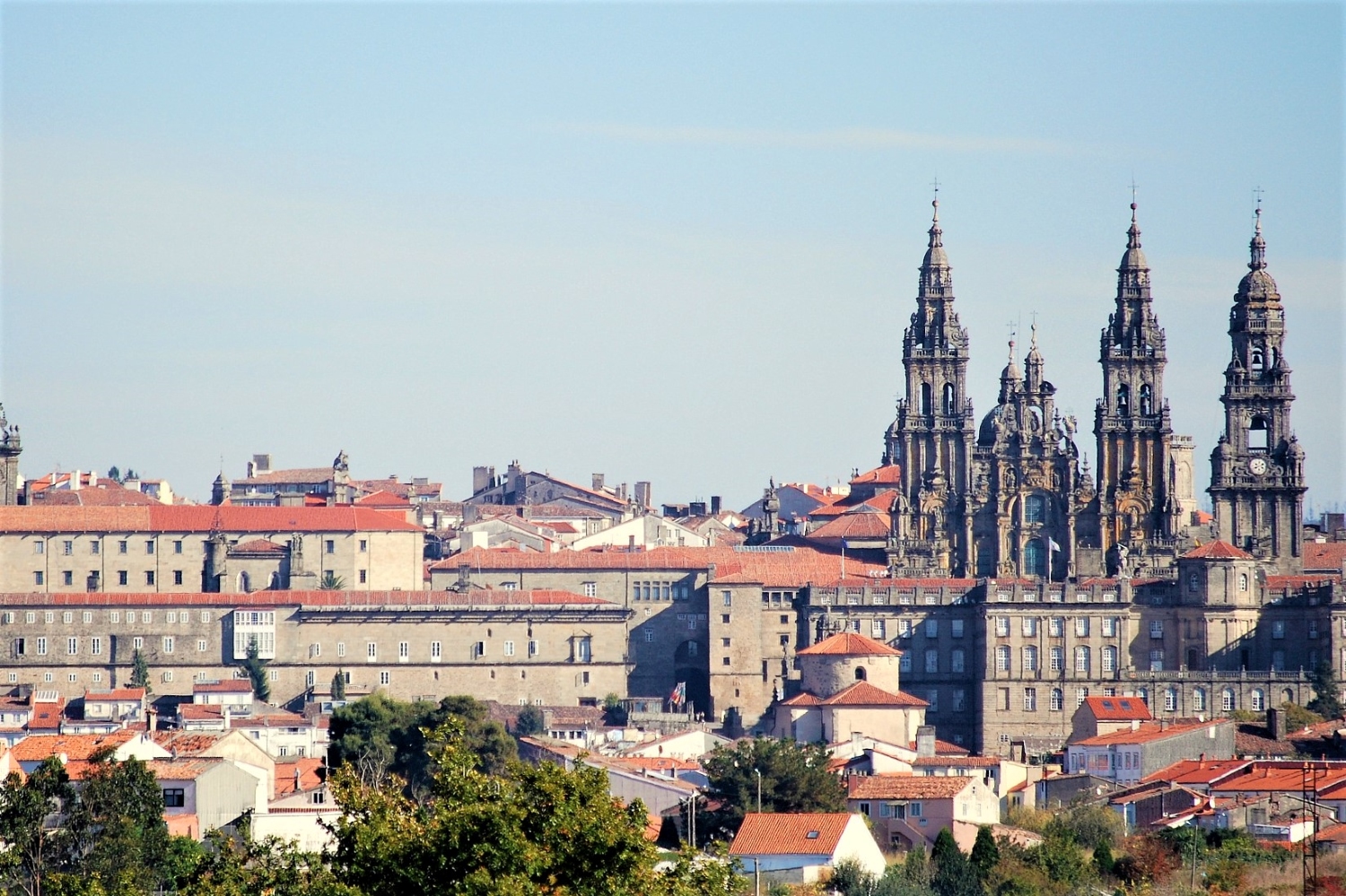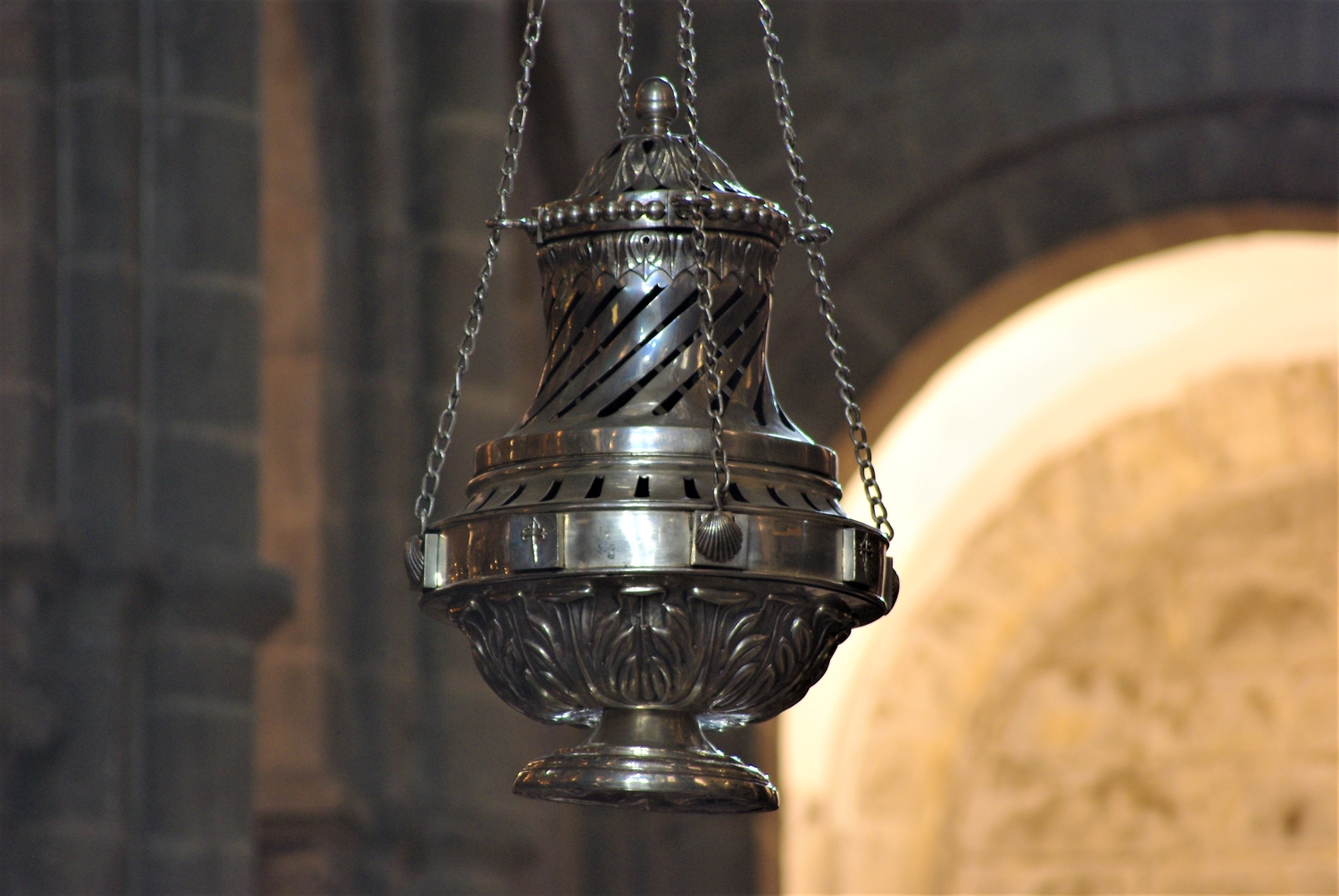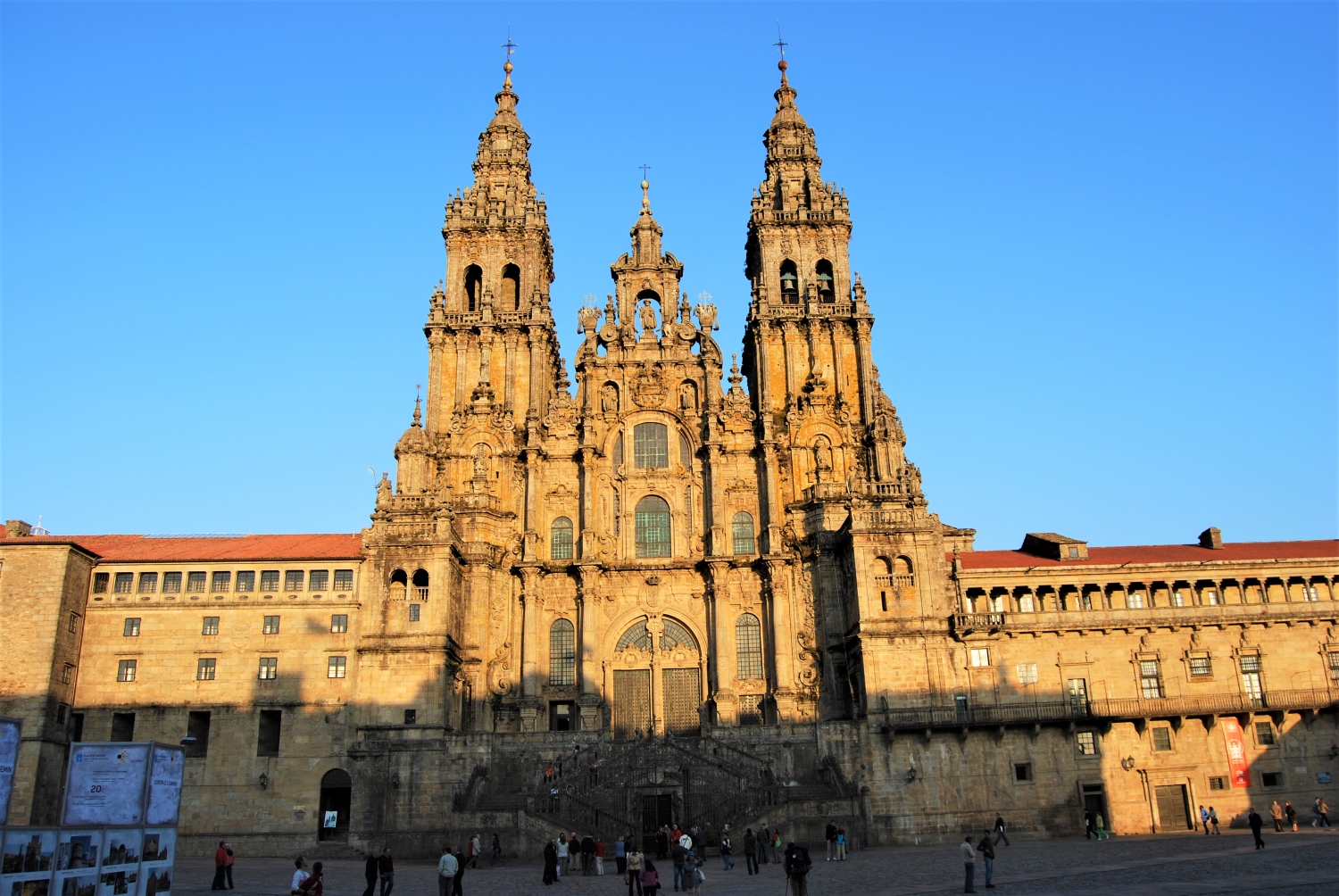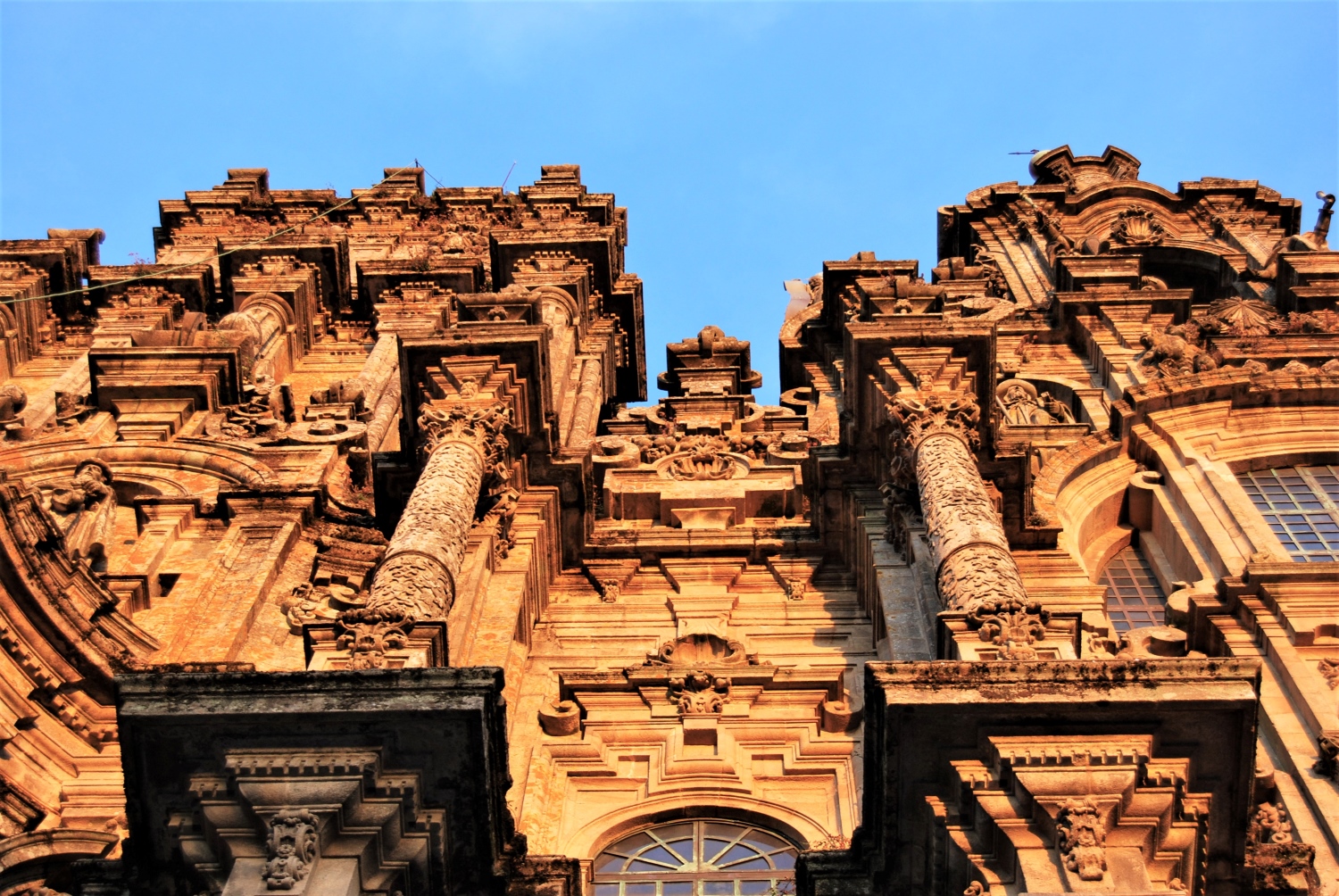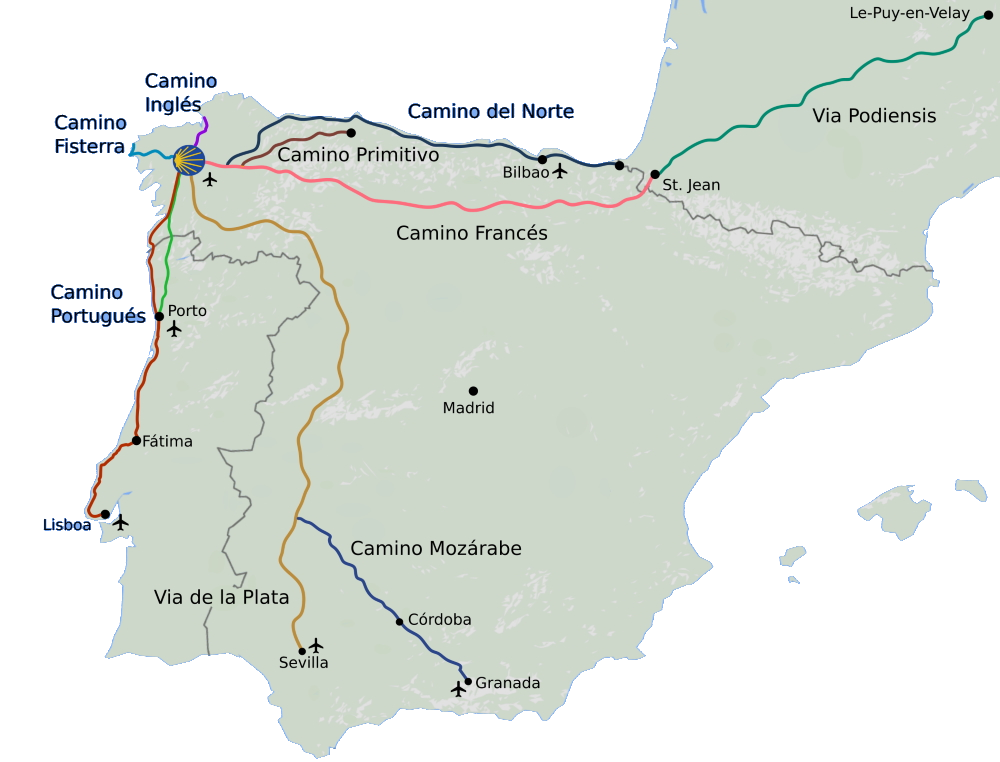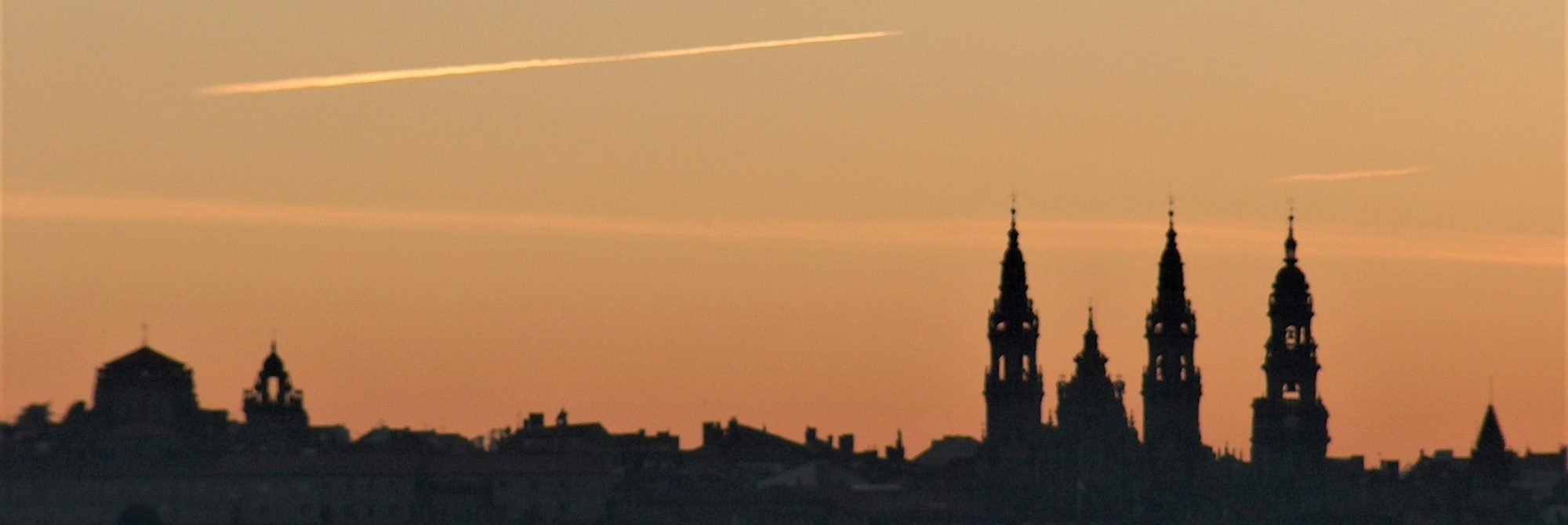
Camino Routes in Spain
The many ways to Santiago de Compostela
For over 1000 years, people from all over Europe have been making pilgrimage to the tomb of Apostle James the Greater, or Saint James, which is located inside the Cathedral in the City Santiago de Compostela, in North-western Spain. In the Middle Ages, they would leave their home – in Spain, Portugal, France or farther beyond. As they would pass churches and monasteries in search of shelter, the monks and priests would make notes of having hosted these pilgrims. It is, in part, these accounts that have enabled us to know and reconstruct the many different Ways that European pilgrims embarked upon to reach the tomb of St James. The Spanish word for “Way” is “Camino,” St. James is Santiago and, today, the Way of St. James is known internationally under its Spanish name “Camino de Santiago.”
Our different Caminos in Spain
Camino Francés
Saint-Jean-Pied-de-Port ⇒ Santiago de Compostela
With over 60% of all Pilgrims walking this Way to Santiago, Camino Francés is, without any doubt, the most well-known, historically significant and iconic of all the Caminos. Its unparalleled diversity of landscapes, superb infrastructure and fantastic comradery of Pilgrims from allover the World make walking this Camino a truly unique and amazing experience.
Camino Fisterra – Muxía
Santiago de Compostela ⇒ Fisterra ⇒ Muxía
While many pilgrims end their journey in Santiago, some continue on to Fisterra – the End of the World, as it was believed to be in the Middle Ages – and / or to Muxía – a dreamy village home to a stunning shrine right on the edge of the Atlantic. For many, this short Camino is often a mystical experience: even in pre-Christian times, many people regarded this region as sacred and suspected the higher powers to be at work here.
Camino del Norte
Irún ⇒ Santiago de Compostela
The Camino del Norte – the Northern or the Coastal Way – is the oldest European pilgrim route to Santiago. It is especially known for its scenic beauty, and the idyllic fishing villages and bustling towns invite pilgrims to experience their rich cultural heritage and amazing cuisine. And as this route along the coast is quieter than the Camino Francés or Portugués, many pilgrims appreciate the calmness and the pristine nature of this trail.
Camino Primitivo
Oviedo ⇒ Santiago de Compostela
Camino Primitivo means “The Original Way.” It was the first route, along which the Spanish pilgrims walked to see the sepulcher of St. James. It is claimed that King Alfonso II, who proclaimed the discovery of the Apostle’s remains, was the first to walk to Santiago from Oviedo along the Camino Primitivo. Ranging only 310 kilometers, this is one of the shorter Caminos. It is a special highlight for mountain lovers and nature fans, and for those fit enough for a physical challenge.
Camino Inglés
Ferrol ⇒ Santiago de Compostela
The Camino Inglés (the English Way) was the most popular pilgrim route to Santiago for people from England, Ireland and other Nordic countries in the middle ages. They crossed the sea by ship to anchor in the different harbours on the Galician coast, mainly A Guarda and Ferrol, and continued on foot to the tomb of Saint James. It covers just over 100 Ks of distance, traversing the picturesque countryside of Northern Galicia.
Camino de Invierno
Ponferrada ⇒ Santiago de Compostela
The Camino de Invierno, the Winter Way, is a great alternative to the Camino Francés, which is particularly busy in the summer months, and leads from Ponferrada further south to Santiago de Compostela. In addition to the beautiful riverside landscapes of the Sil and Miño, the Camino de Invierno crosses the fascinating landscape of Las Médulas, which has been declared a World Heritage Site.
Via de la Plata
Seville ⇒ Santiago de Compostela
With almost 1000 kilometers/621 miles, the Vía de la Plata stretches along the important Roman trade route and captivates pilgrims with the unique landscapes it passes through. In addition, Roman structures and archeological sites bear witness to an eventful past.
Camino Mozárabe
Granada ⇒ Mérida
The Camino Mozárabe, or Mozarabic Way in English, begins in Granada and runs through Andalusia to Mérida, where it joins the Vía de la Plata (Silver Way). This Camino is one of the “newest” pilgrimage routes.
Popular Camino Tours in Spain
What are Pilgino Tours?
Everyone’s Camino is a unique and individual experience, and we all have different needs and preferences. That is why we have designed a wide variety of different Camino Tours – in different parts of the different Caminos, different lengths and levels of intensity – so as to fit everyone’s particular ideas and wishes. And on top of that, our smartly-designed tours are easily and seamlessly combinable and extendable. Explore our Tours below, and see, which ones spark your interest! Each tour lists a summary including total and daily average length and intensity, and the detailed itinerary provides a day-by-day overview and an outline of highlights.
Short Camino Tours (approx. 1 Week)
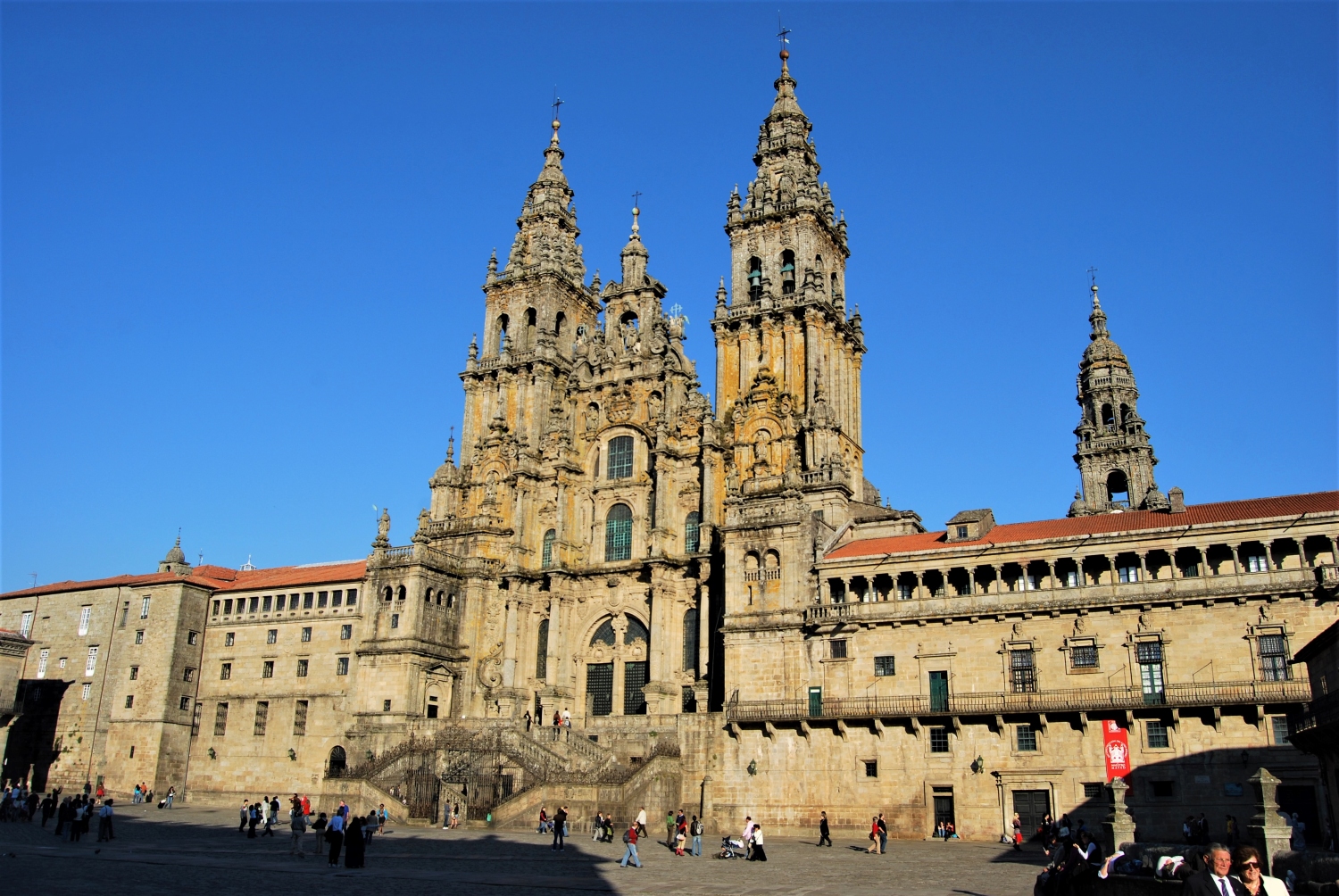
Camino Francés last 100 Km:
Self-Guided Tour 6
Sarria ⇒ Santiago de Compostela
Starting from € 390
Duration: 8 Days Total / 5 Days Walking
Distance: 119.9 km. (74.5 mi.)
Difficulty: easy
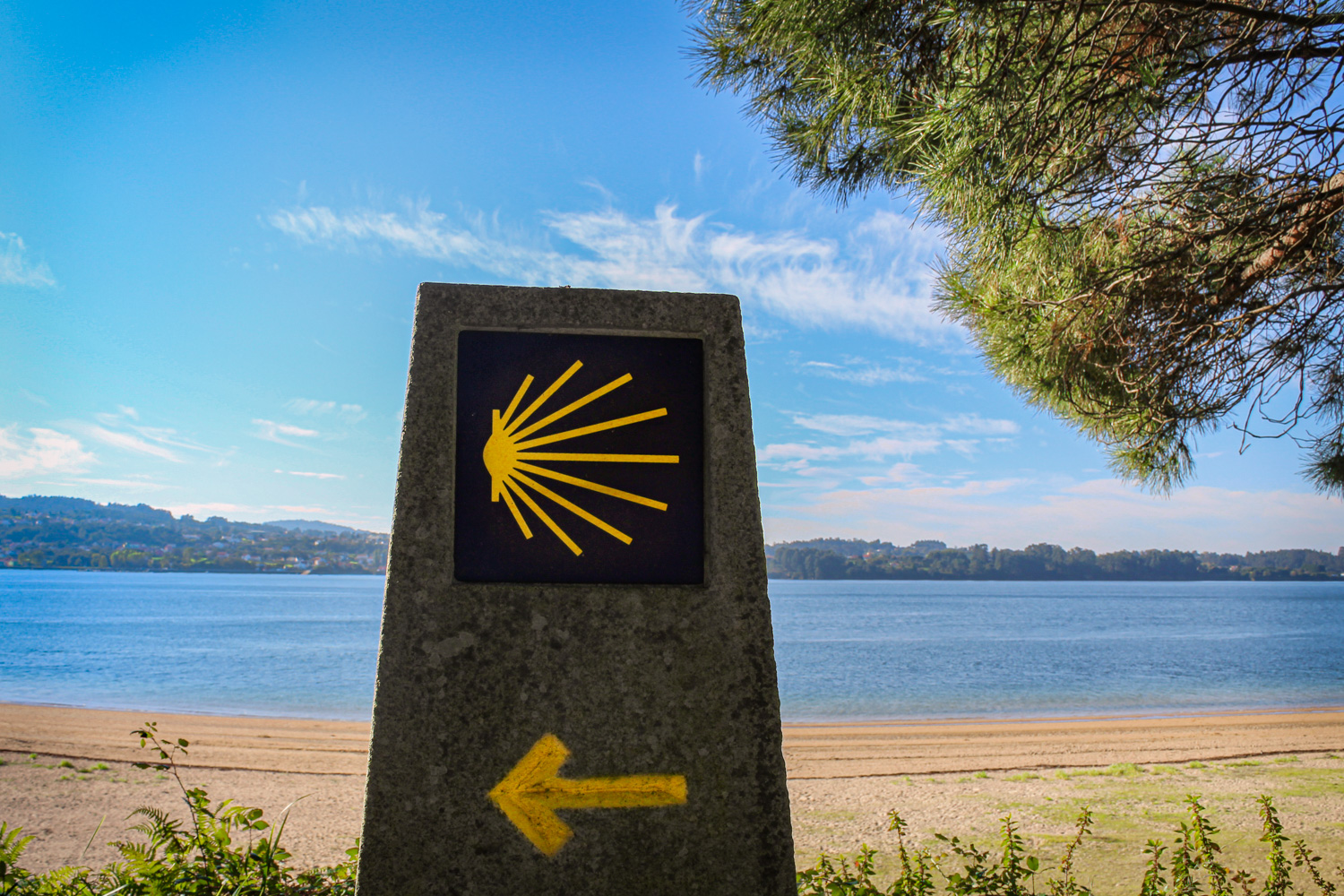
Full Camino Inglés:
Self-Guided Tour
Ferrol ⇒ Santiago de Compostela
Starting from € 450
Duration: 8 Days Total / 5 Days Walking
Distance: 118 km. (73.3 mi.)
Difficulty: easy
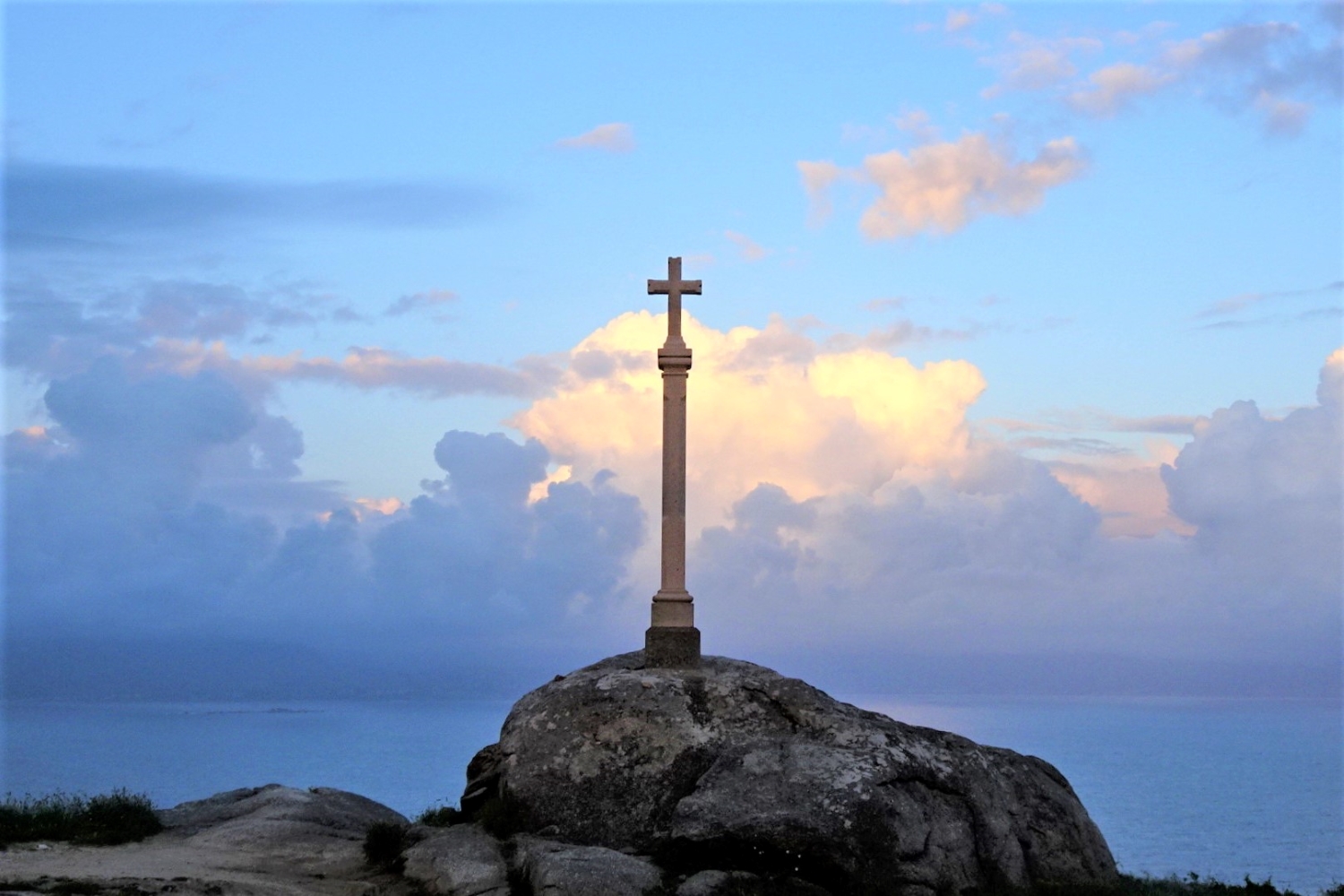
Camino Fisterra – Muxía:
Self-Guided Tour
Santiago de Compostela ⇒ Fisterra ⇒ Muxía
Starting from € 450
Duration: 8 Days Total / 6 Days Walking
Distance: 119.3 km. (74.1 mi.)
Difficulty: easy/ moderate
Mid-length and long Camino Tours

Full Camino Primitivo:
Self-Guided Tour
Oviedo ⇒ Santiago de Compostela
Starting from € 790
Duration: 16 Days Total / 13 Days Walking
Distance: 308.3 km. (191.6 mi.)
Difficulty: moderate/ challenging
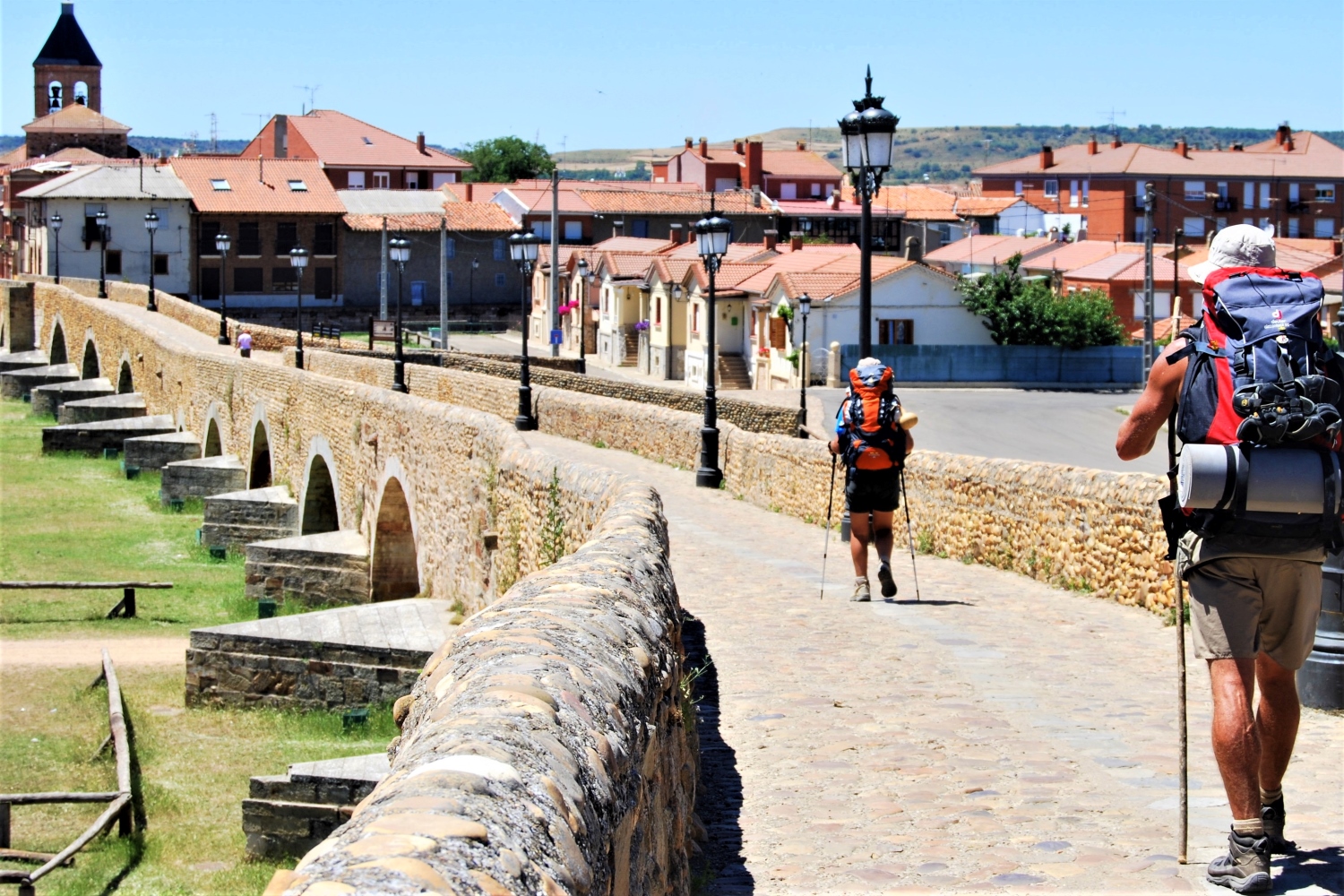
Full Camino Francés:
Self-Guided Regular Pace
Saint-Jean-Pied-de-Port ⇒ Santiago de Compostela
Starting from € 2.190
Duration: 39 Days Total / 36 Days Walking
Distance: 790 km. (491 mi.)
Difficulty: moderate
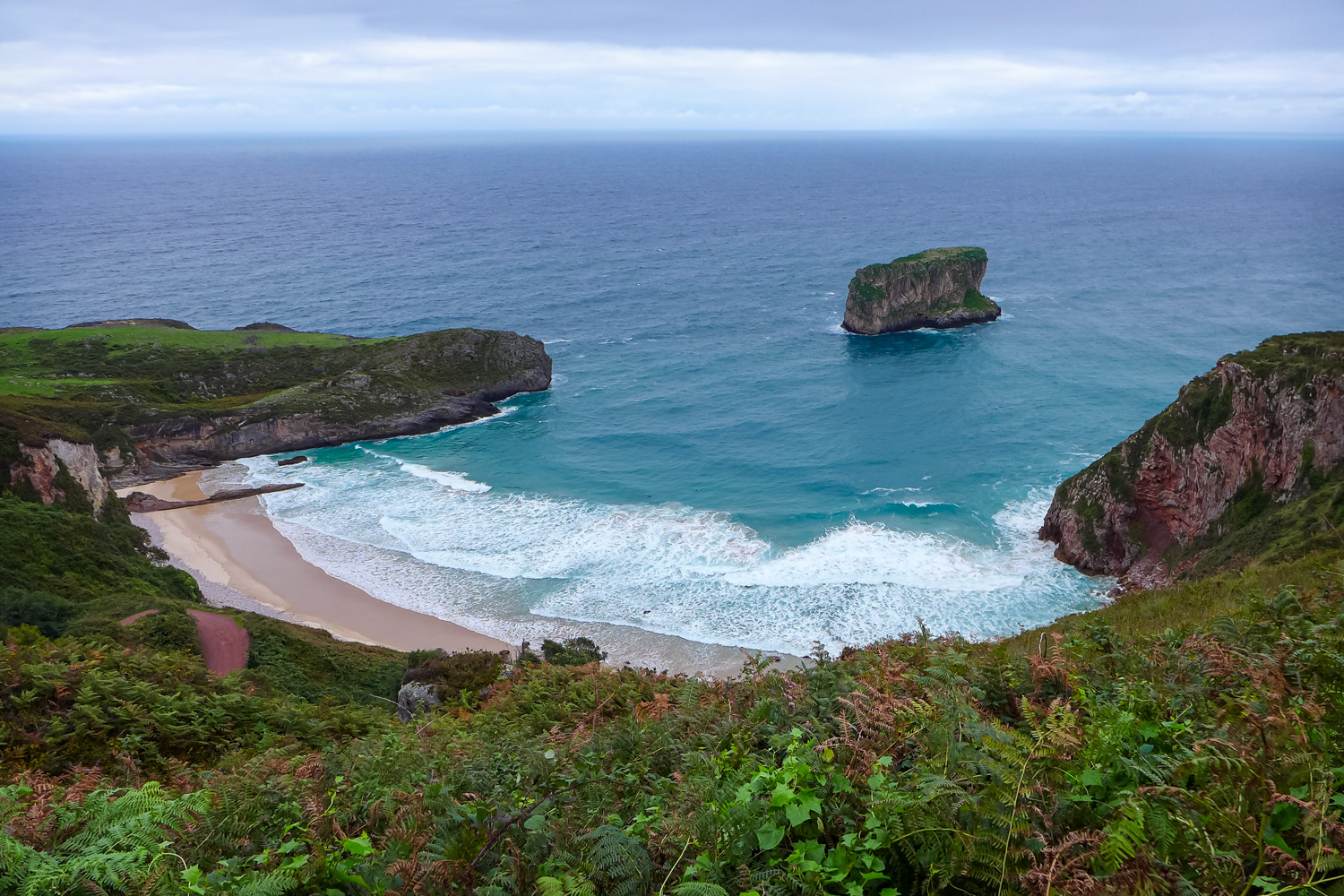
Full Camino del Norte:
Self-Guided Tour
Irún ⇒ Santiago de Compostela

